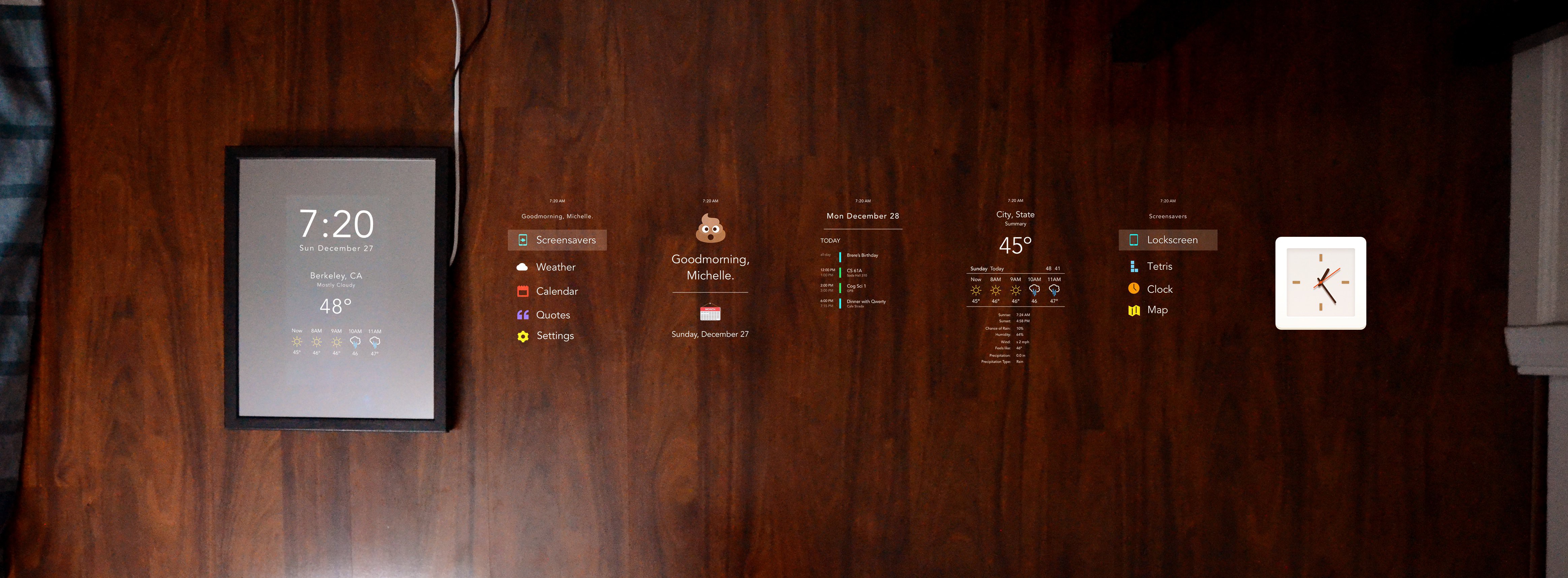
At it's core this smart mirror is made out of observation glass, the guts of an Motorola Atrix Lapdock and a Raspberry Pi 3. The components are tied together with layers of laser cut wood and acrylic. We've finished 8 sample mirror apps and have many more apps planned related to smart routines and taking selfies.
More Videos
Features
- WiFi
- Bluetooth
- 11.6in and 27in screens supported
- Microphone
- Speakers
- App Support and Menus
- Purpose-Built Event Handling Library
- Single Command Deployment Script
- Persistent Settings
- A consistent code pattern so that you can learn how to make your apps.
Mirror Apps
Shipped
- Lockscreen App
- Wall Clock App
- Favorite Quotes App
- Tetris App
- Goodmorning! App
- Map Wallpaper App
- Screensaver Mode
In Progress
- Google Calendar App
- Weather App
- Morning Outlook
Planned
- Selfie Everyday App (and find a way to integrate it with the Everyday iOS app?)
- Routine App with Todoist integration
- Oral-B bluetooth toothbrush integration to mark todo as done
- Amphiro b1 bluetooth shower water usage integration to mark todo as done
- Fitbit integration to mark todo as done
- (stretch goal) Sense by Hello integration to mark todo as done
- Bay Area Commute App (Public Transit and Drive Traffic Map).
- IFTTT Maker Channel trigger
Dreamt (ideas I'm excited about, but time expensive to prototype)
- Control the Mirror with the Amazon Echo.
- Amazon Alexa built in.
Software
Front-end is written in ES6 javascript with react (for view rendering) + redux (for state management) + electron (for full screen browser support).
The little amount of back-end we have is written in python with flask.
Firmware for the scroll wheel is written using the Arduino Wiring framework.
Hardware
A Raspberry Pi 3 running Raspbian Linux provides a full screen web browser for the mirror app.
The frame is made out of layers of MDF and feature a cavity to house the scroll wheel hardware.
There is also a layer of vinyl sticker applied to the back surface of the mirror to block light emitted by the electronics.
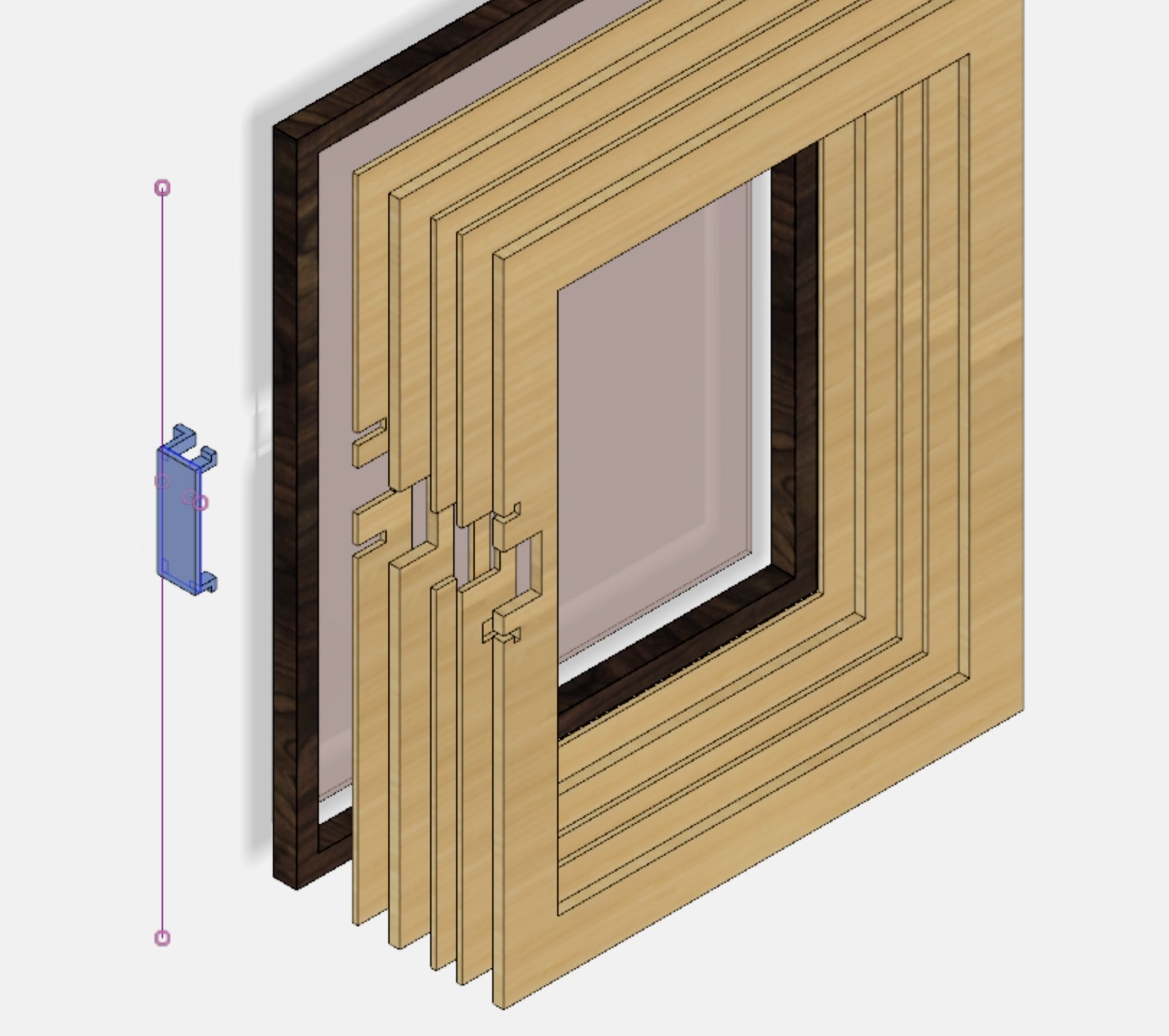
Credits
This open source project utilizes a lot of other amazing open source projects.
Javascript Clock by Martin Grand
This project takes inspiration from the other amazing mirror projects on the internet. Shouts out to Evan Cohan's smart-mirror project as it was the first one I saw and it's awesome.
 Chris Gervang
Chris Gervang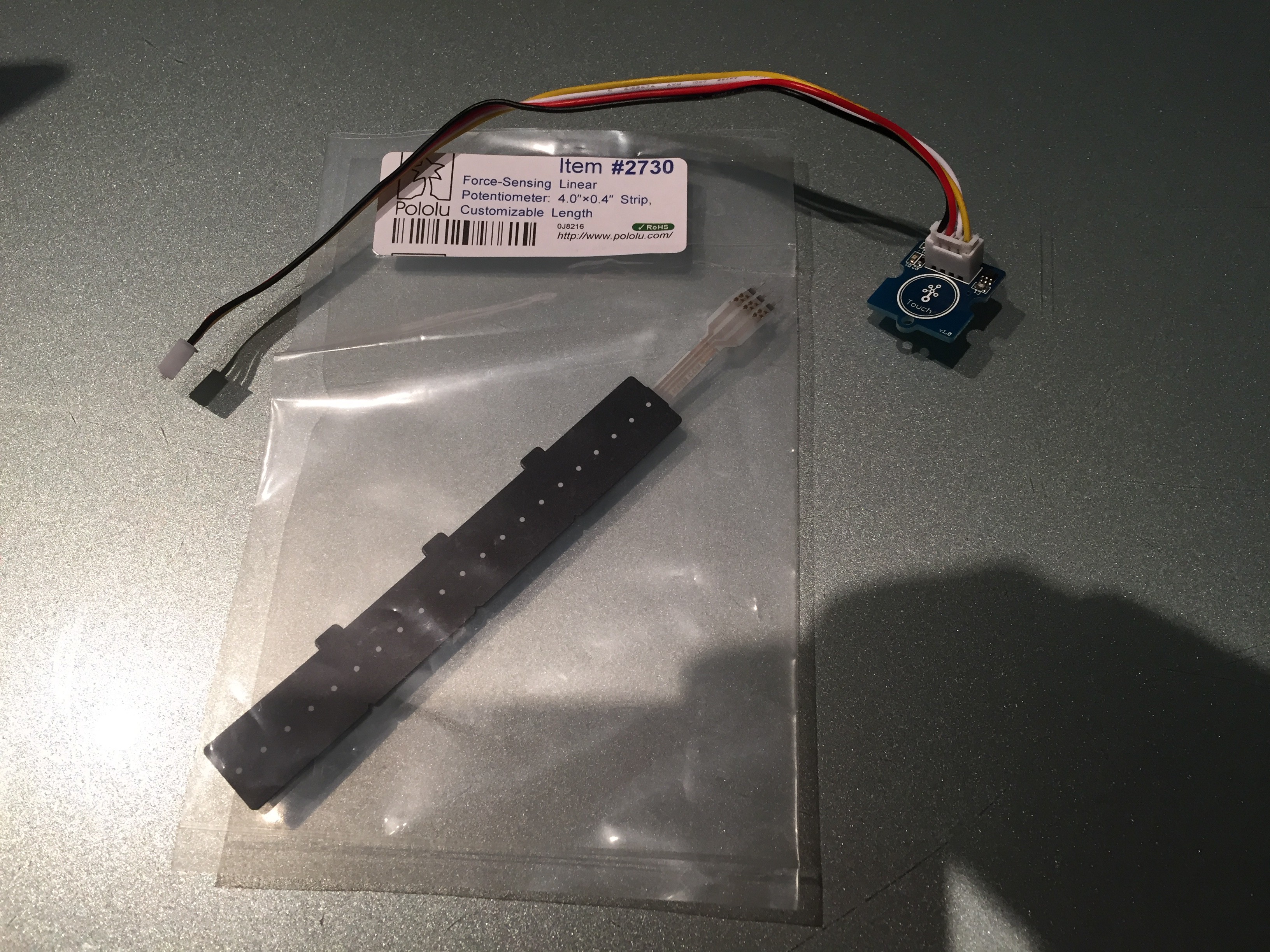
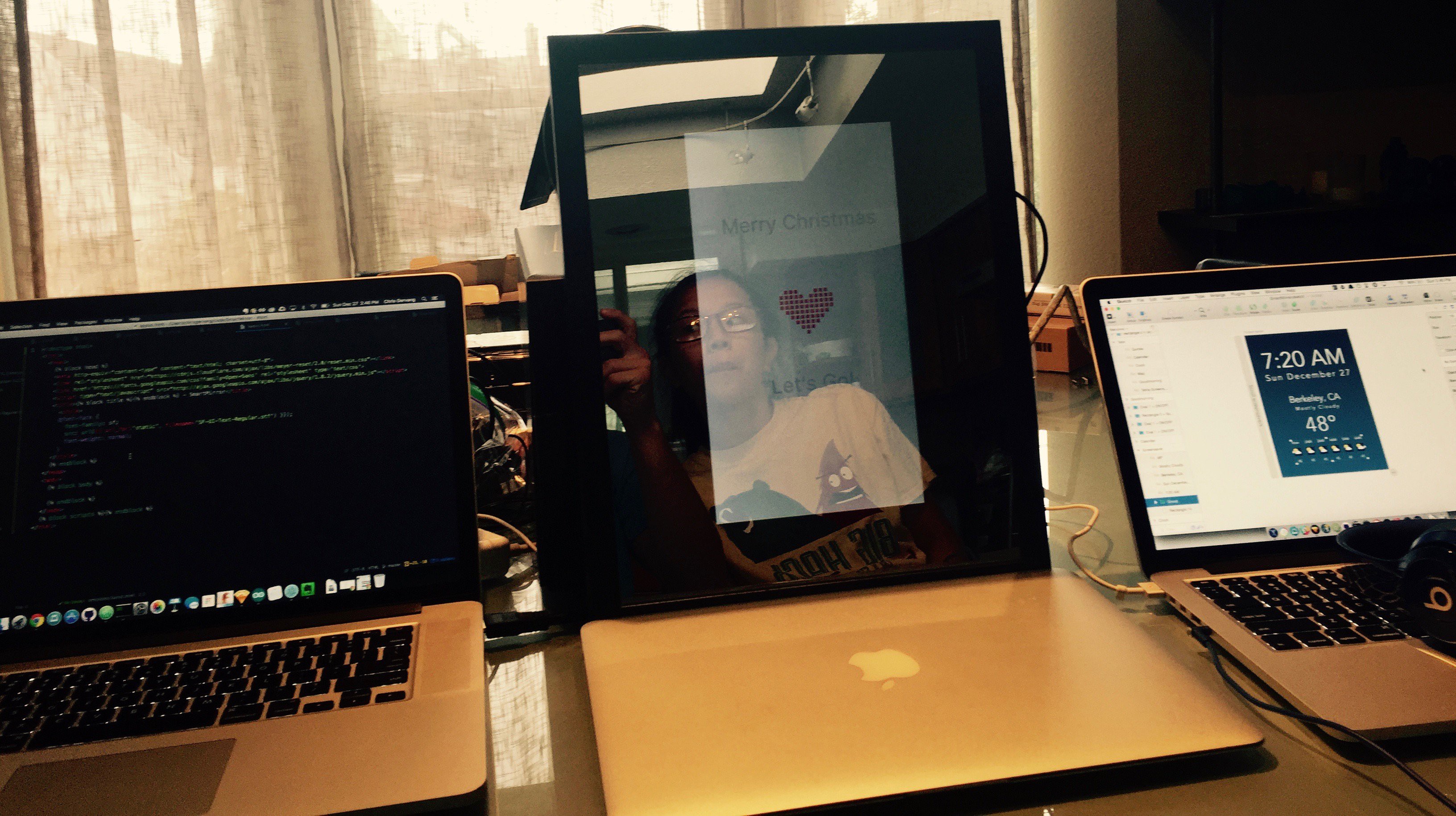
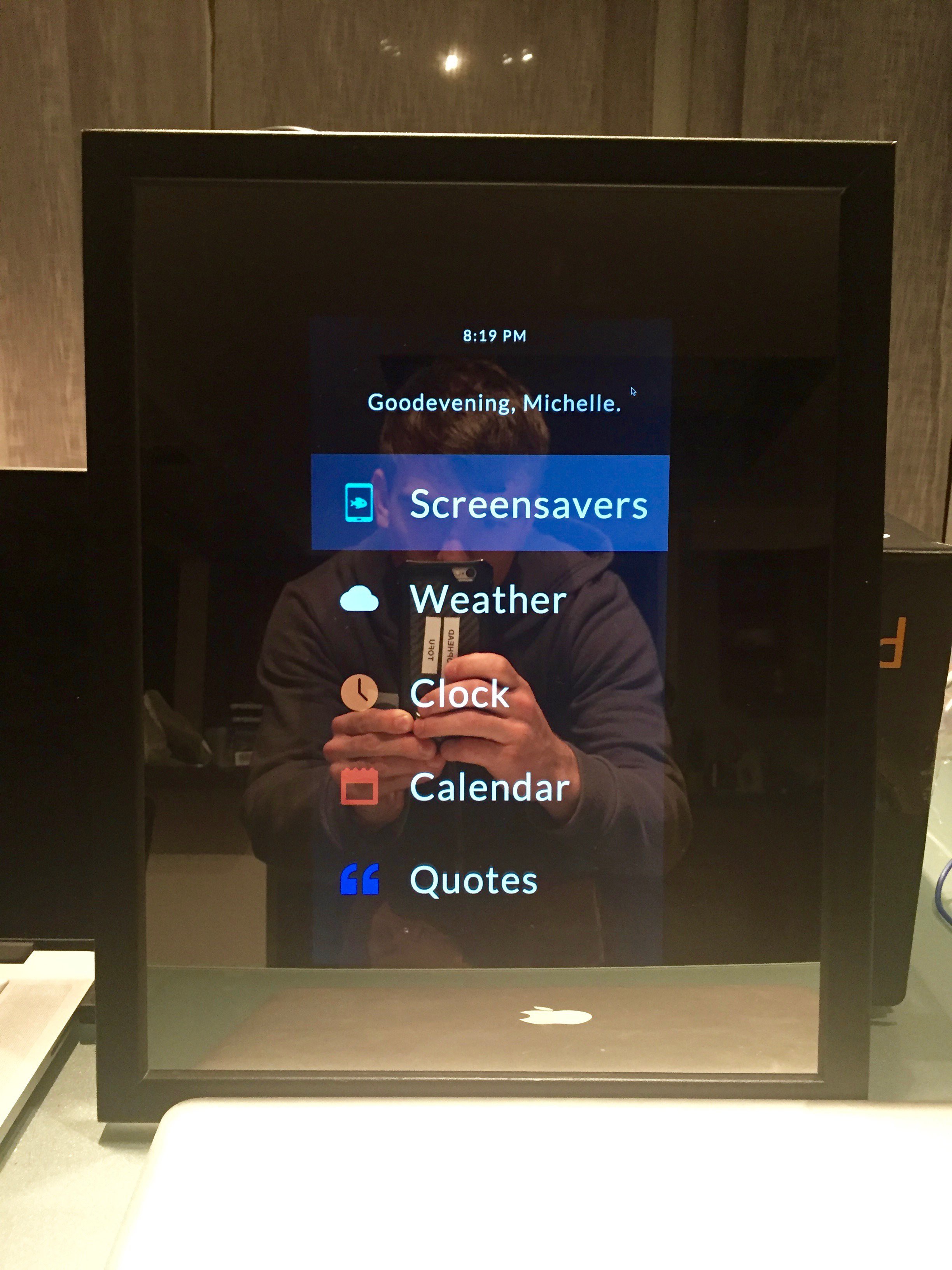
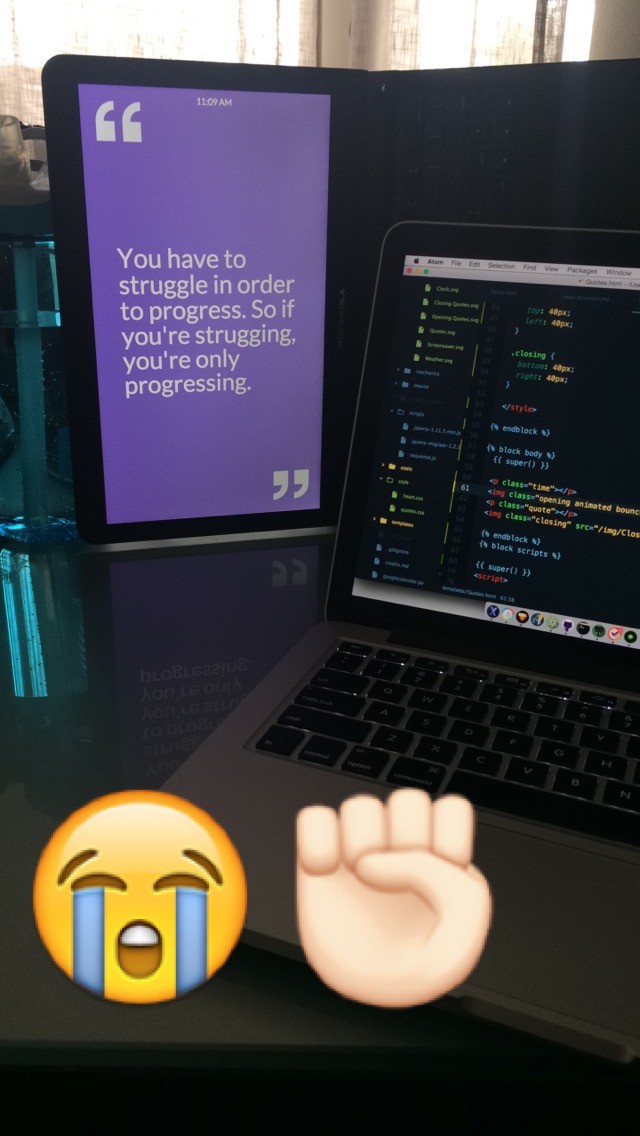
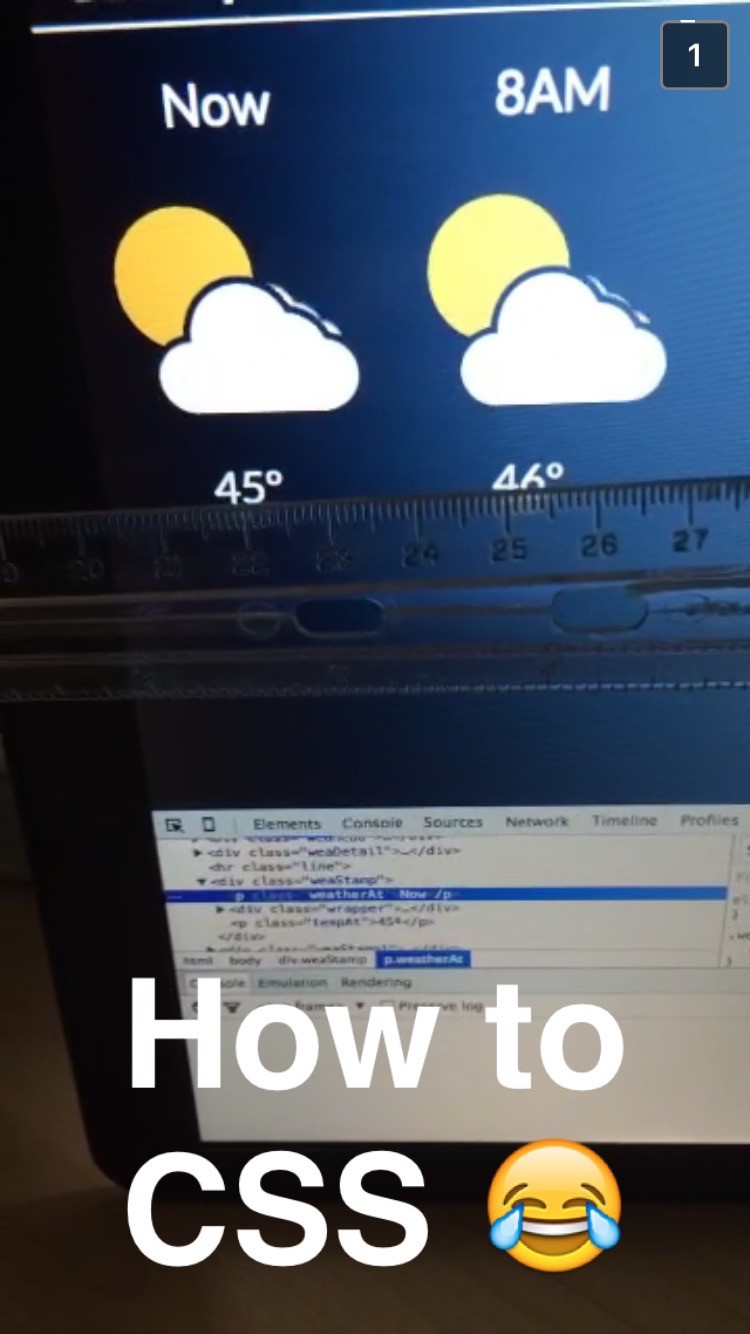
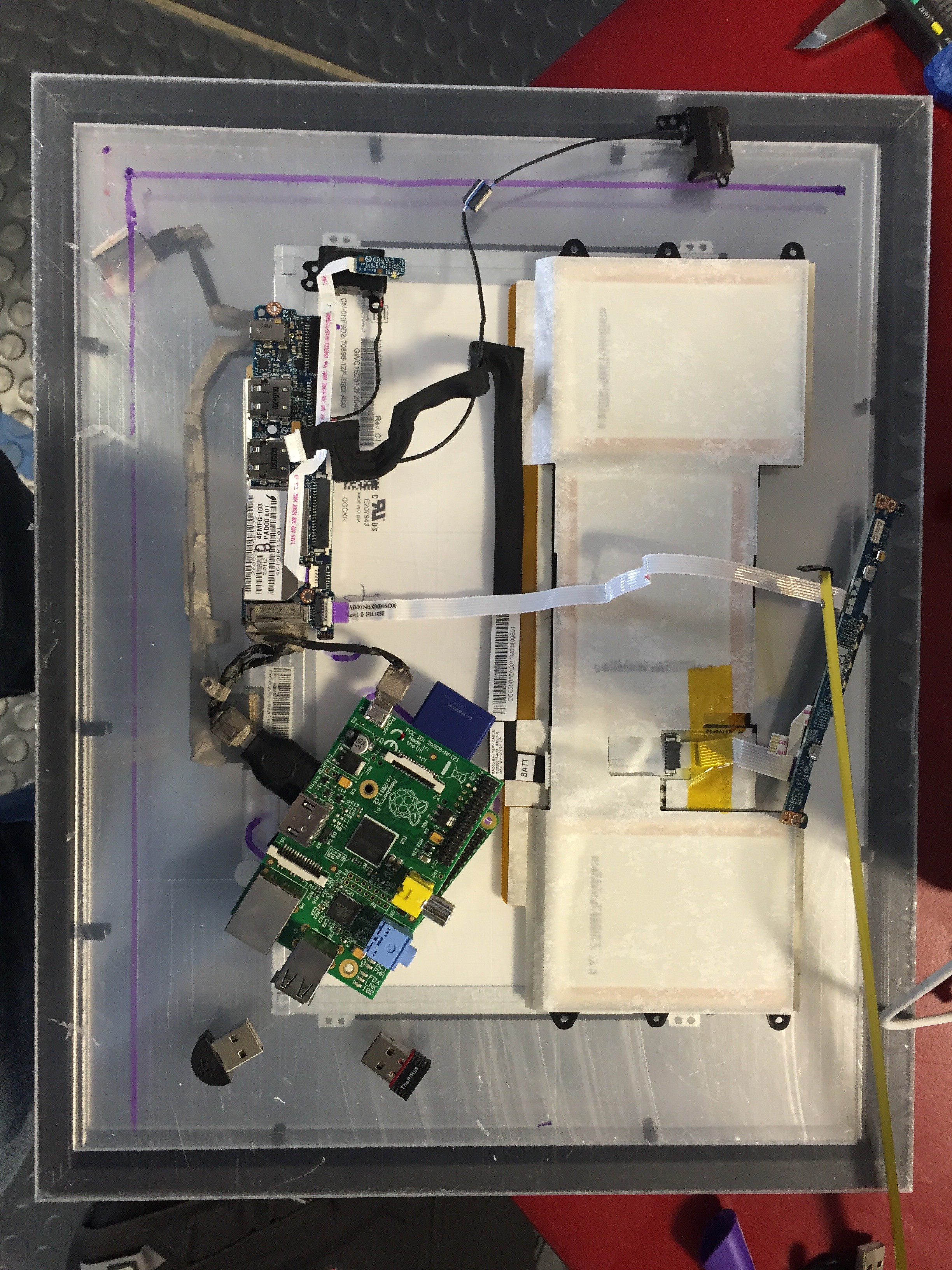
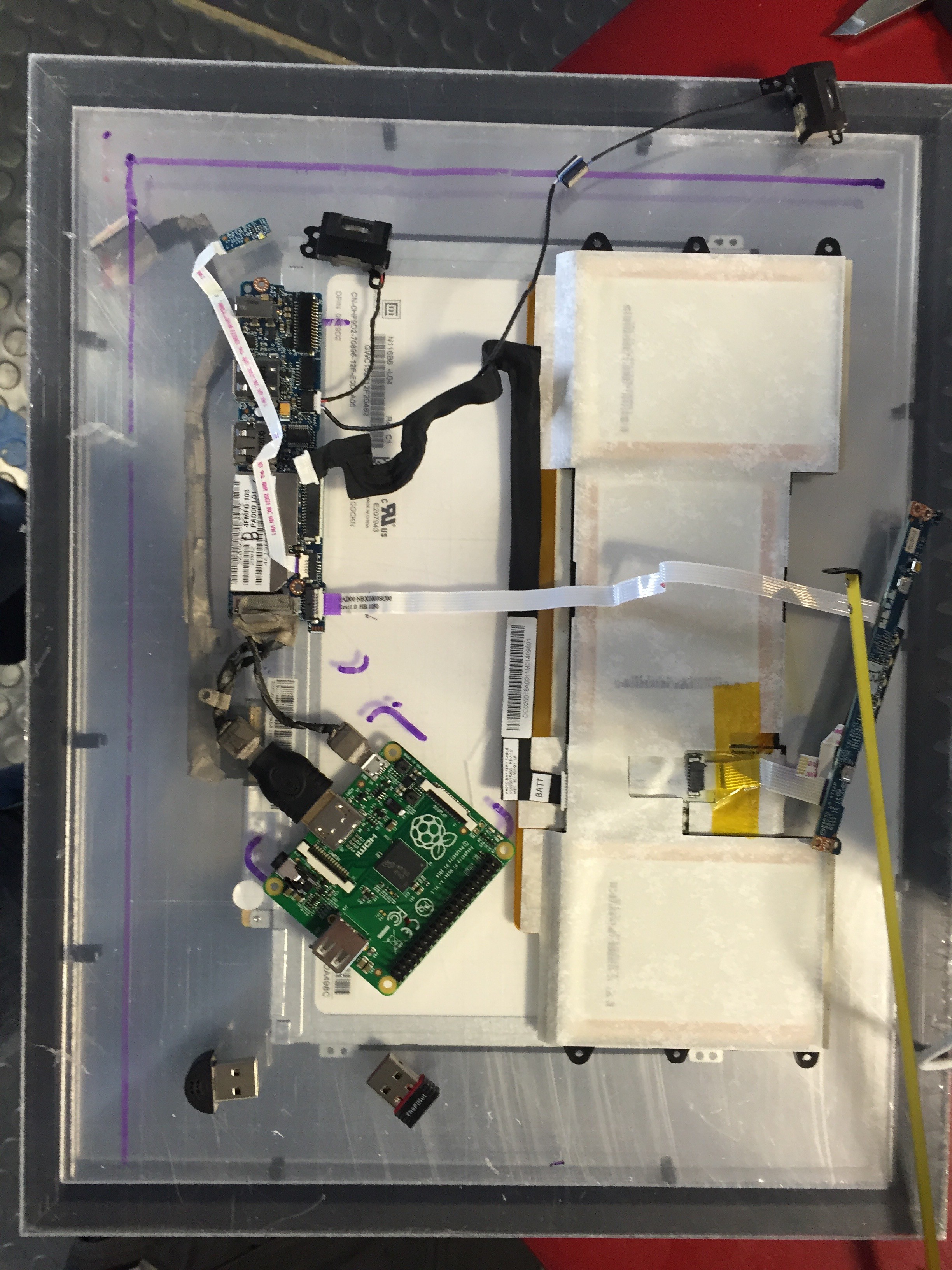
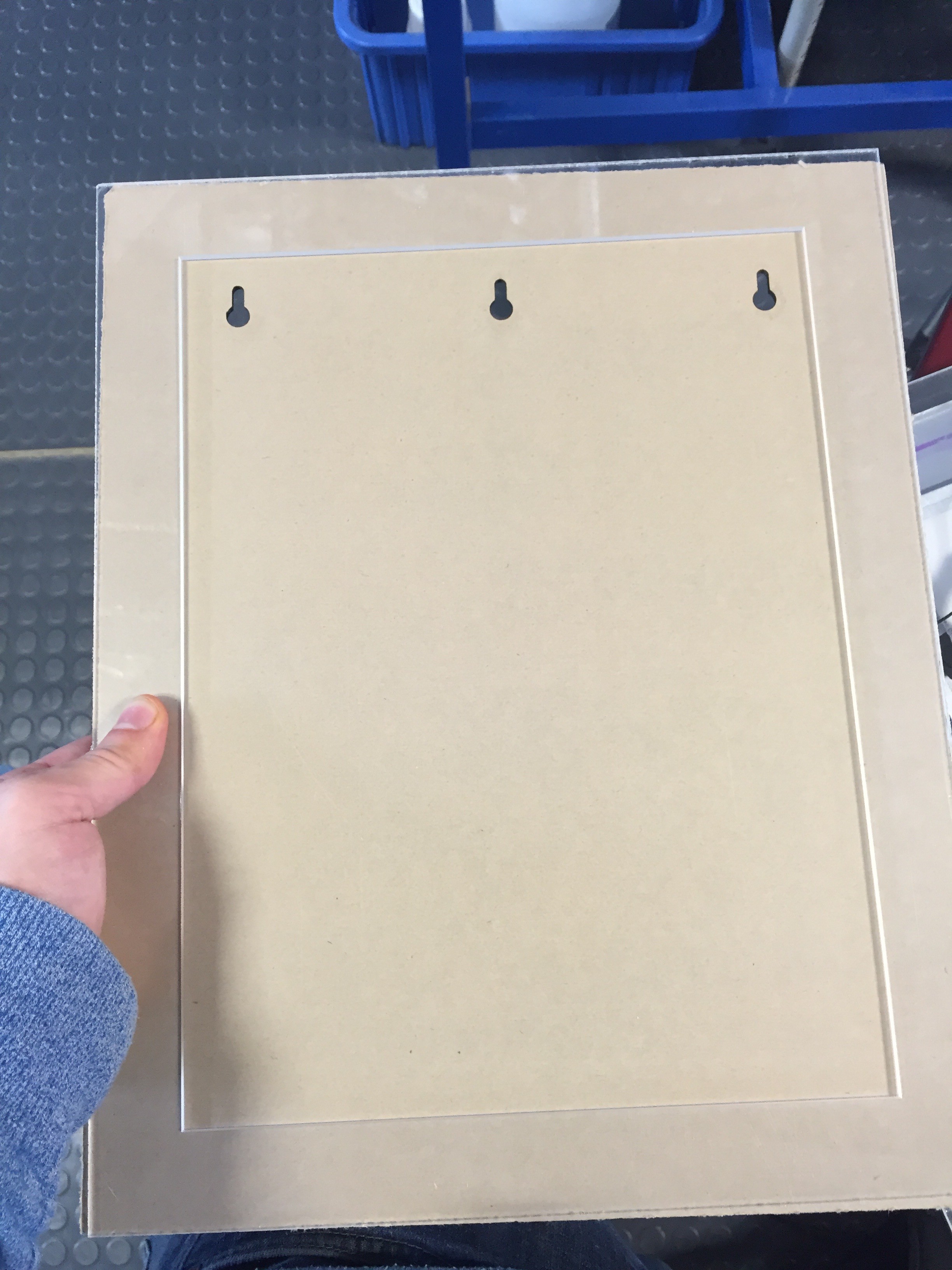
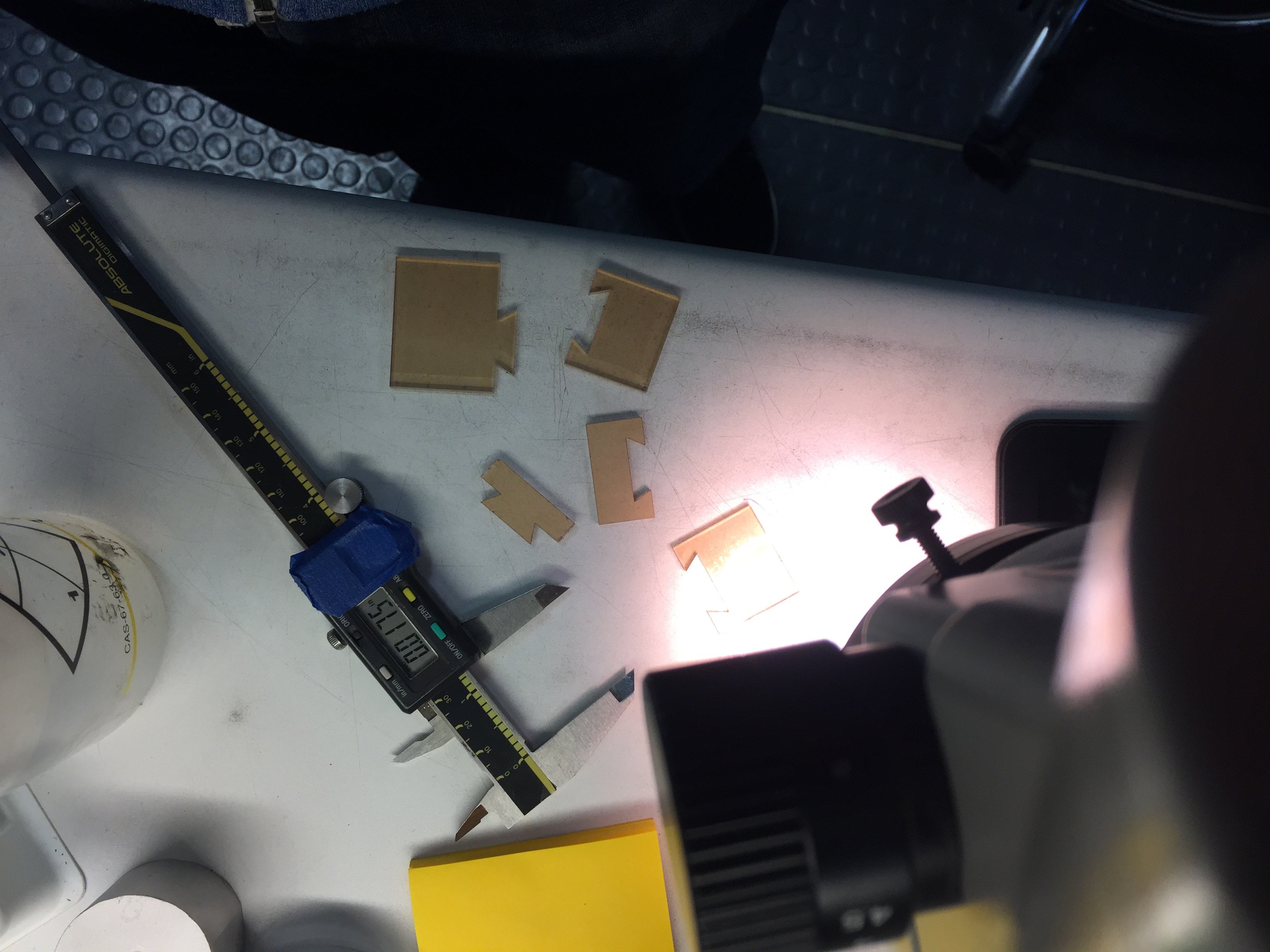
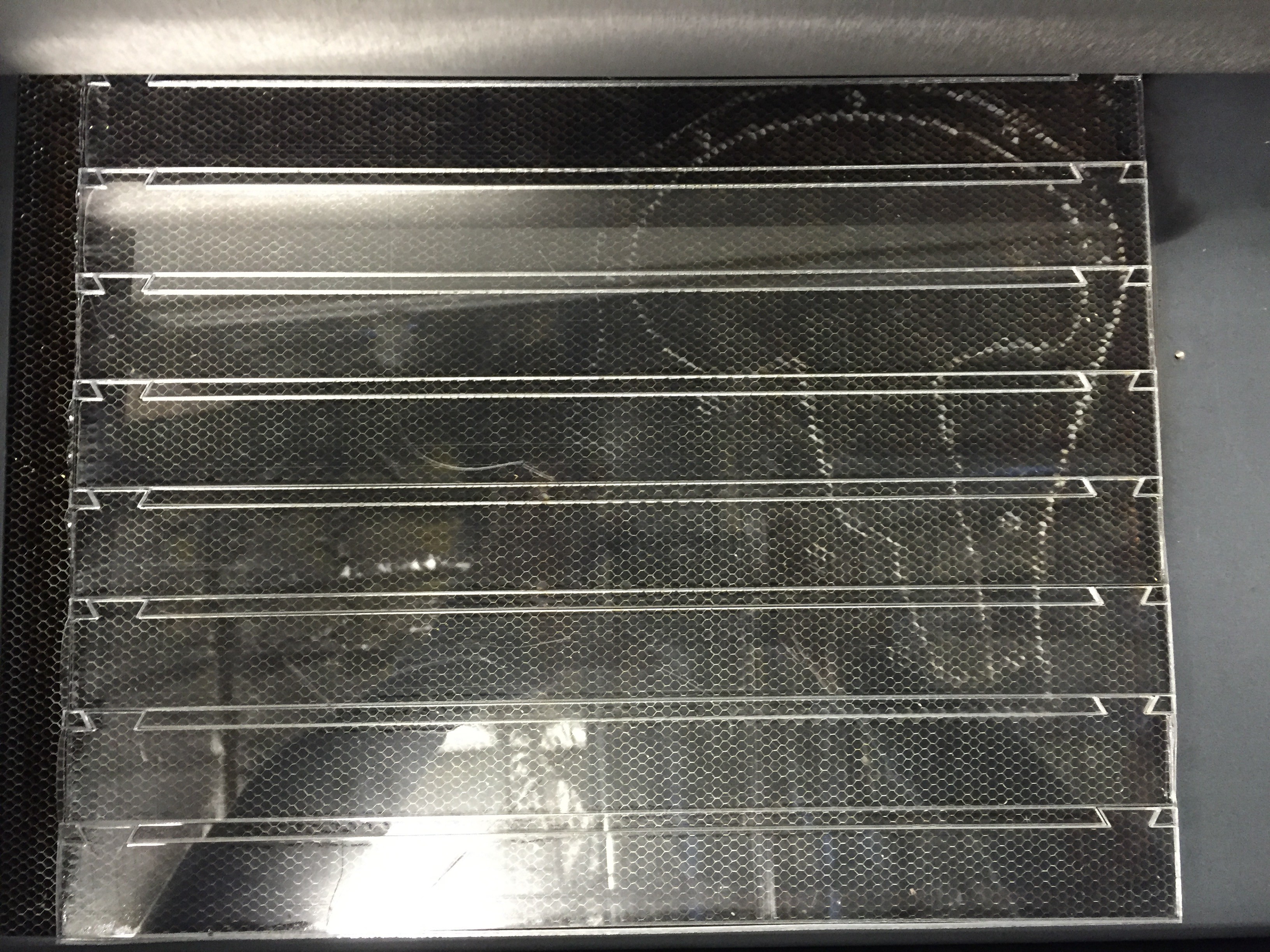
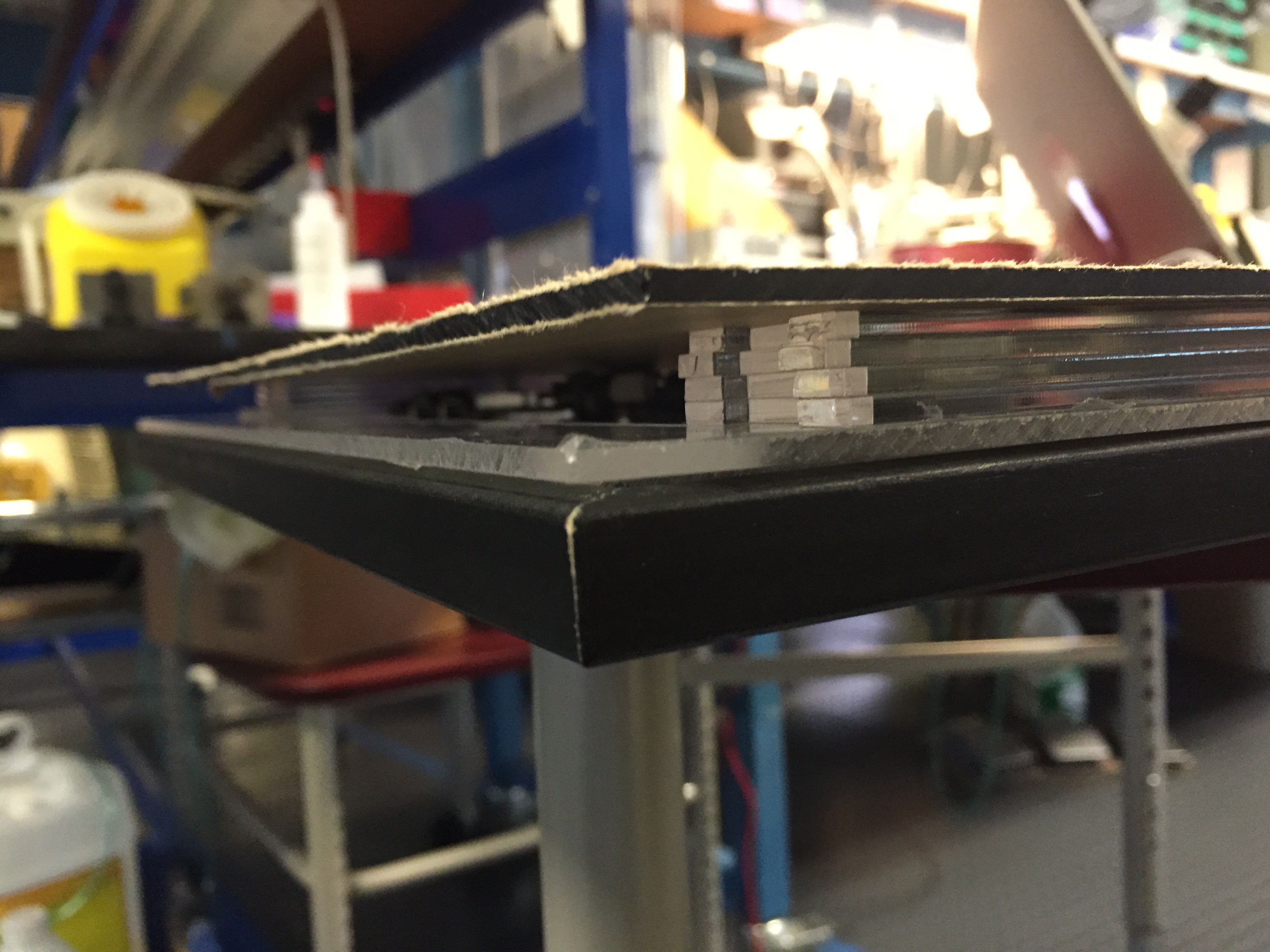
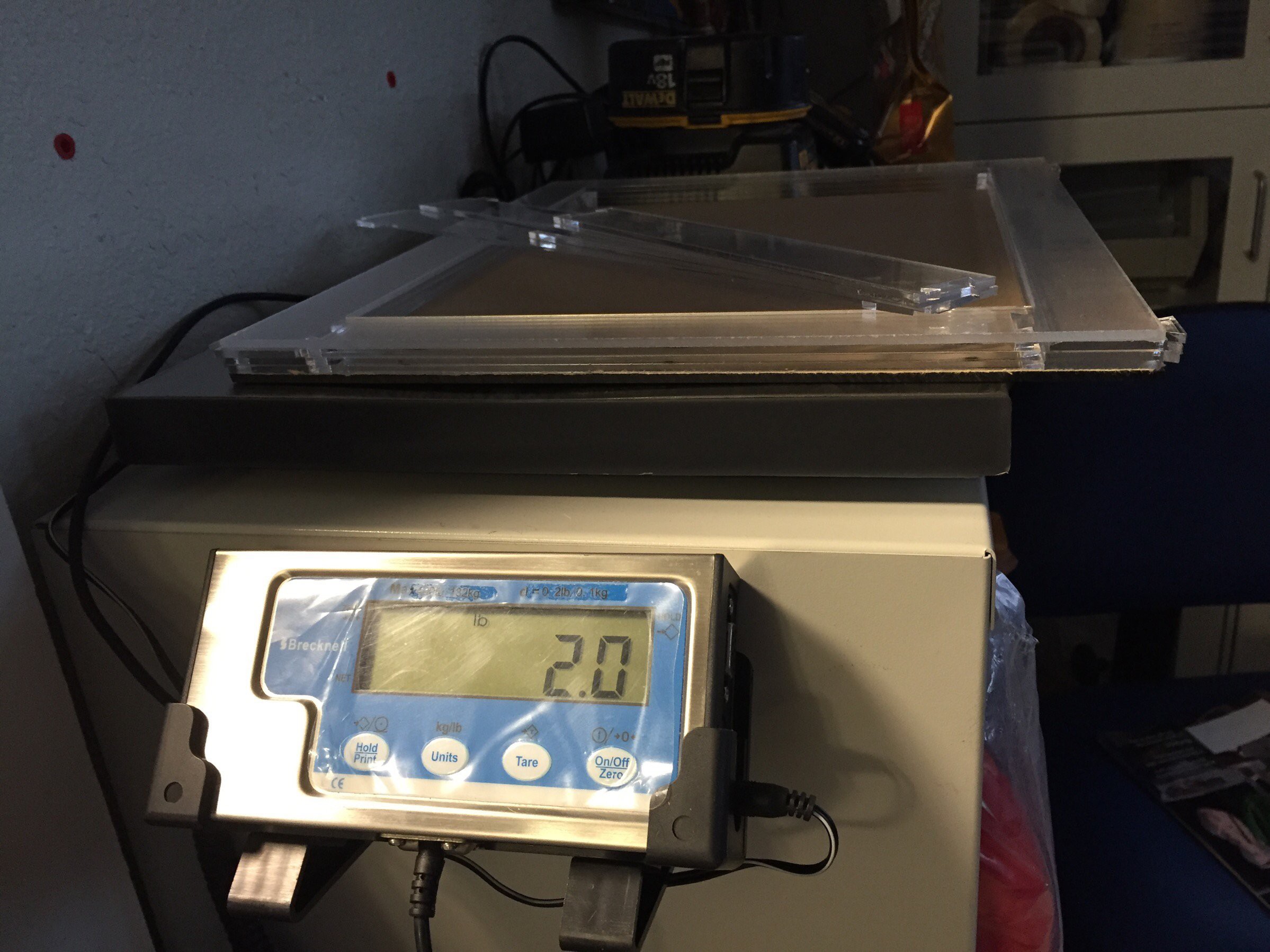
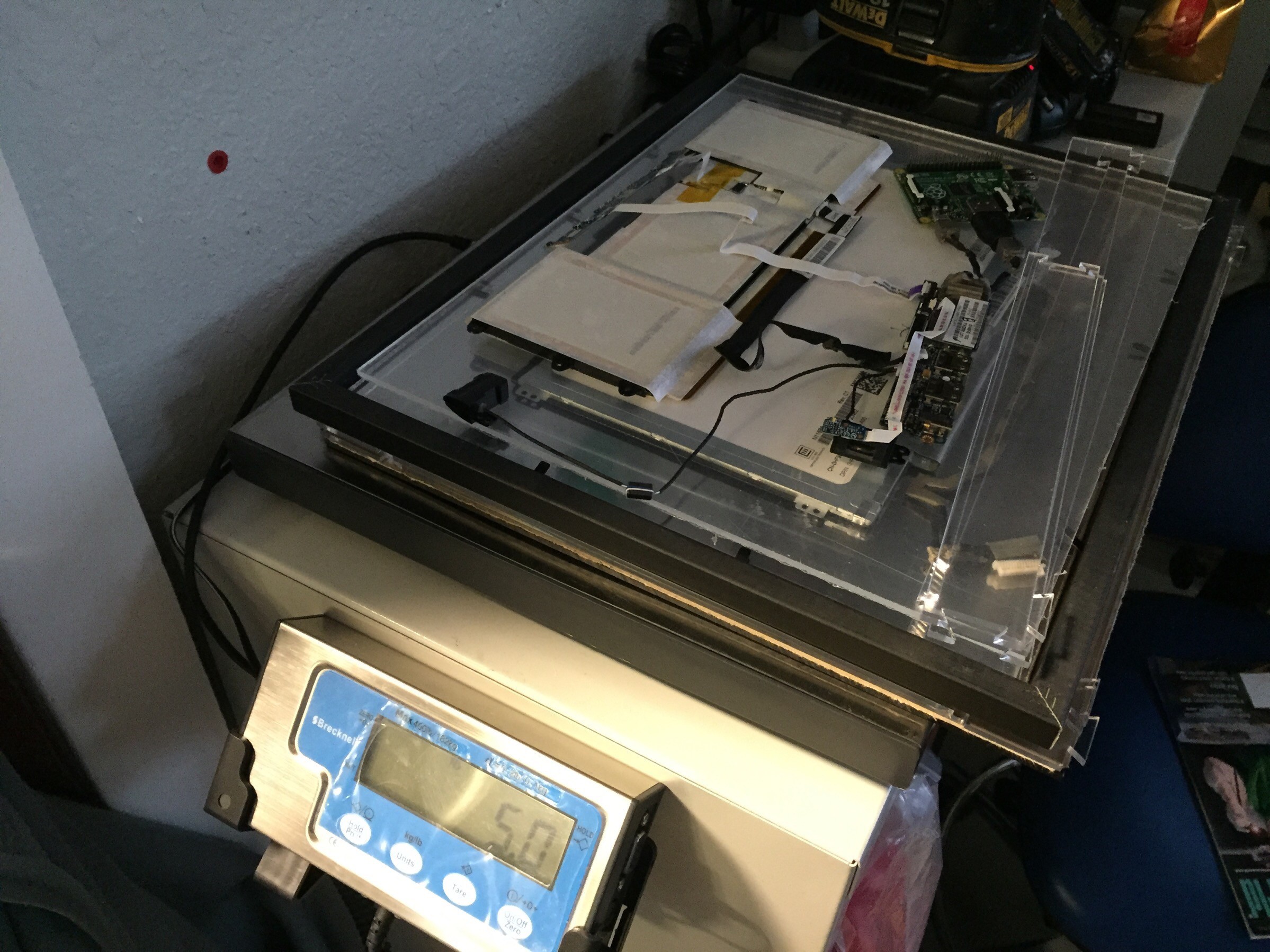

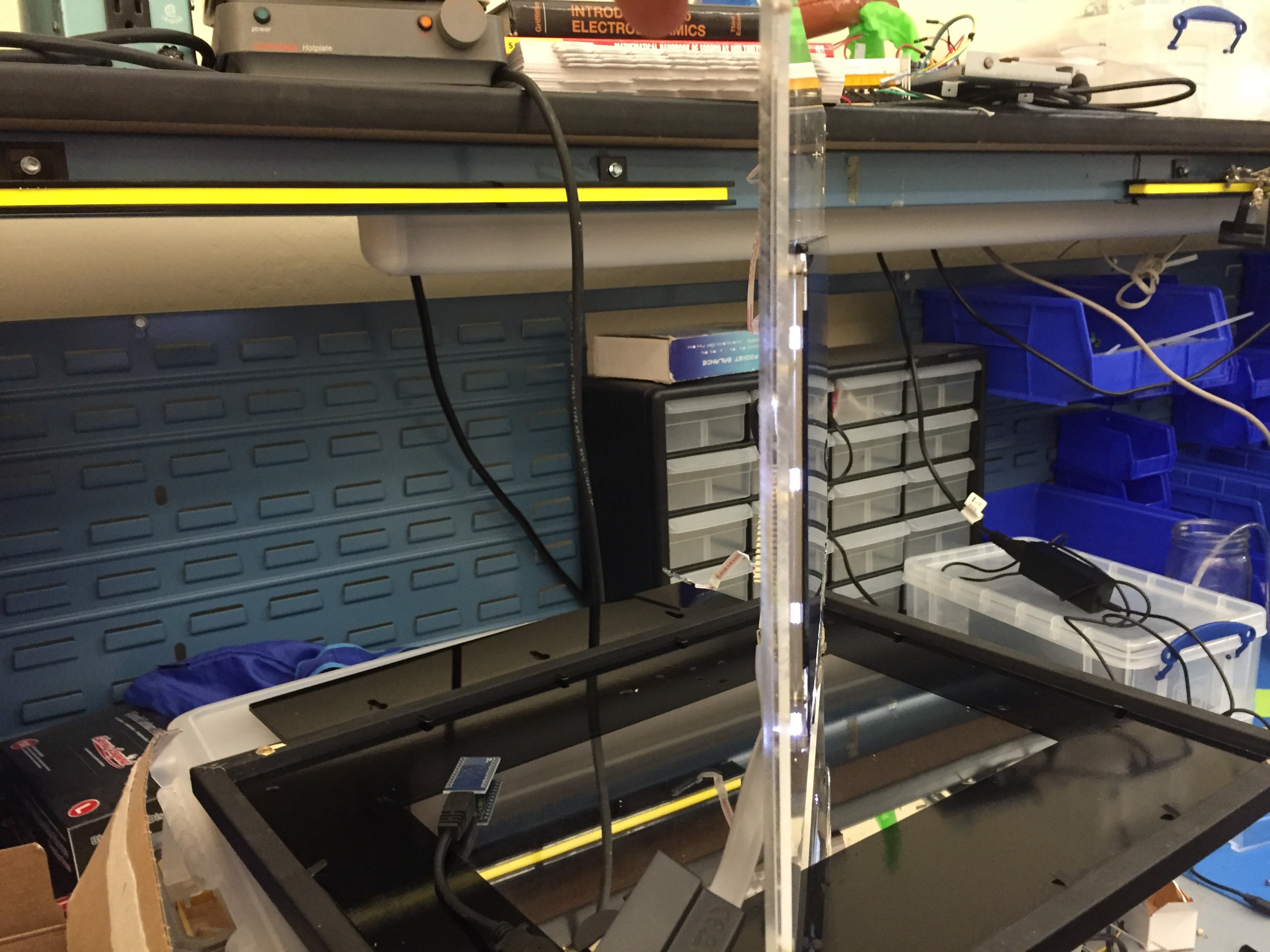
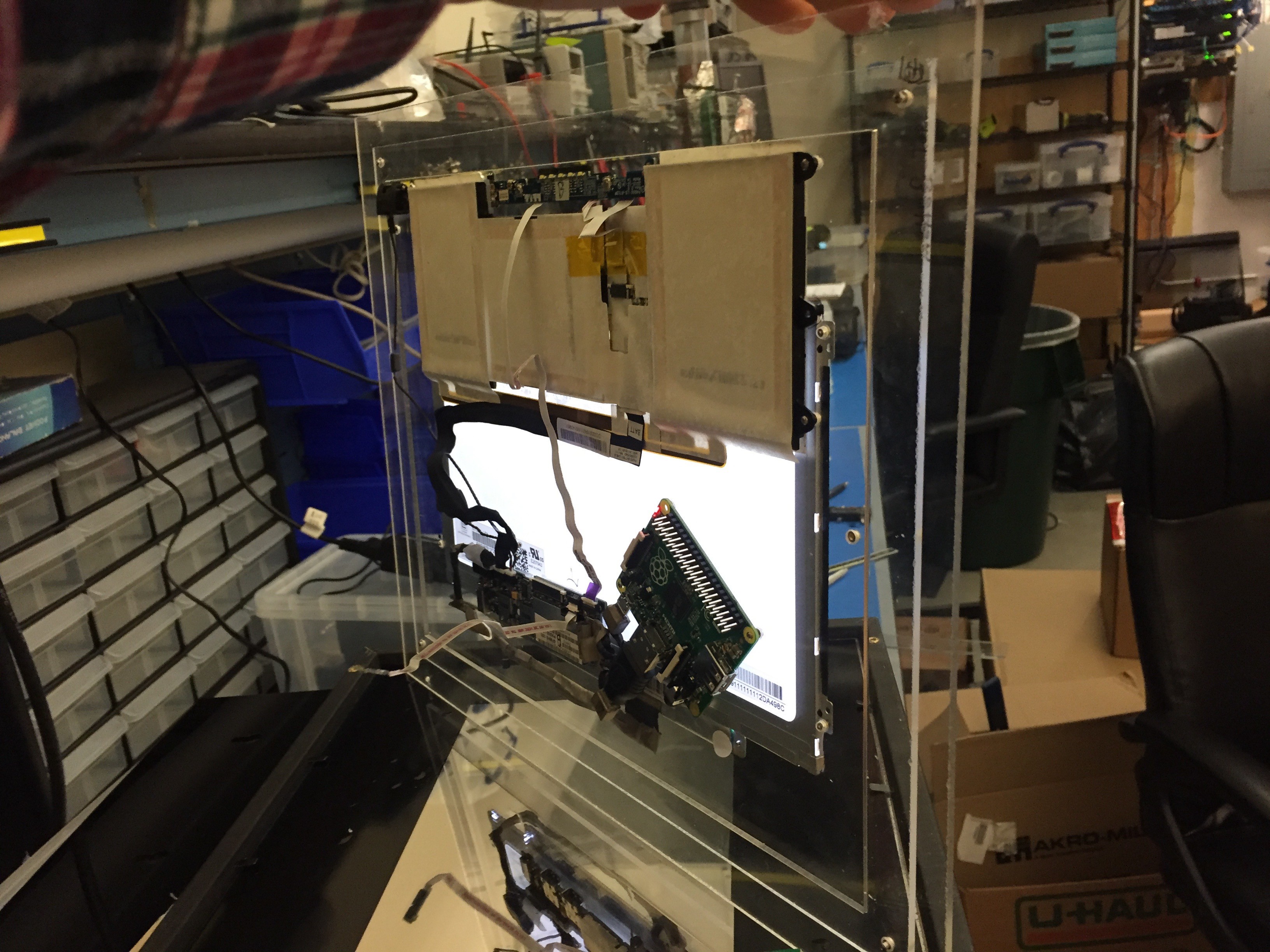
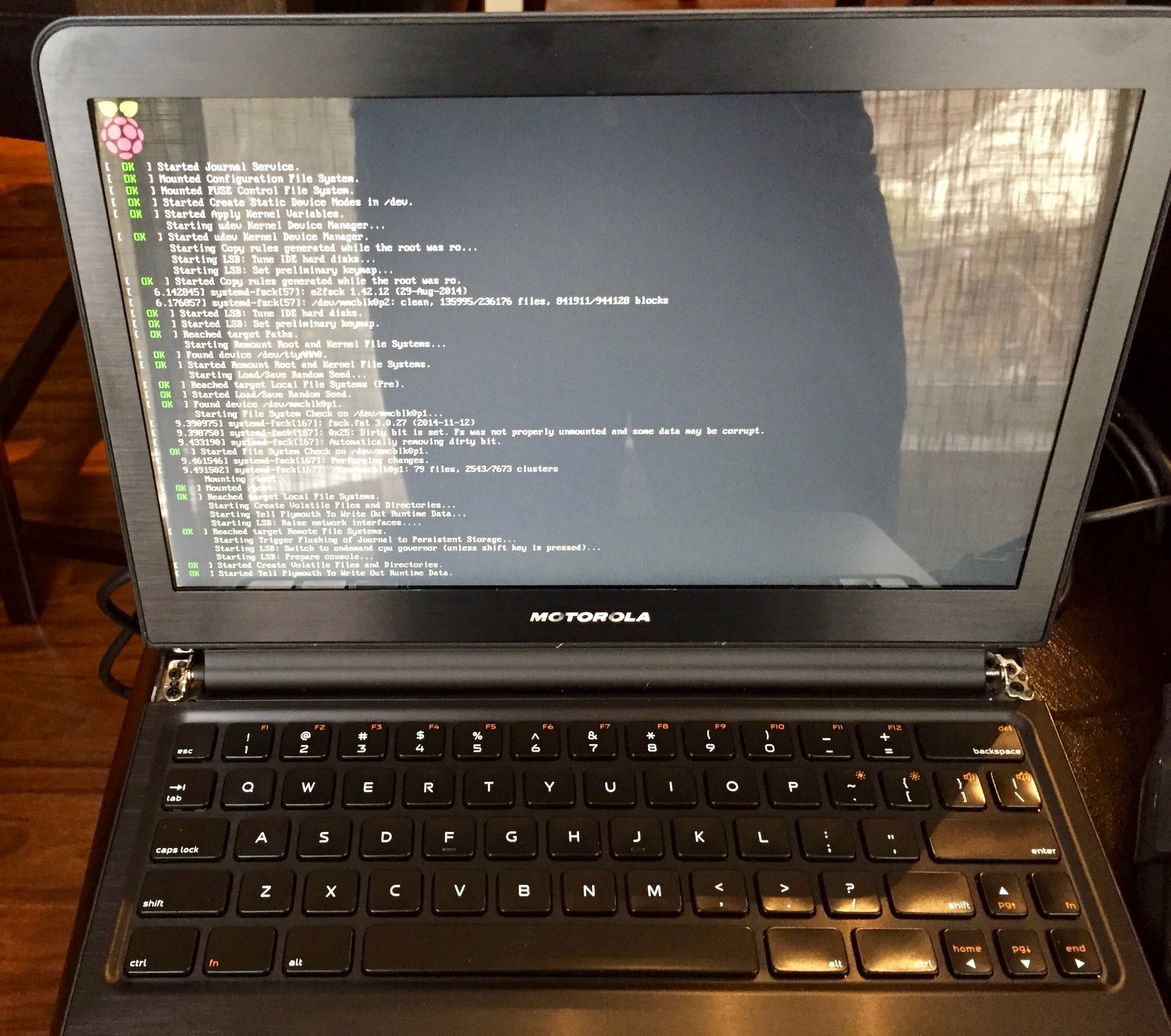
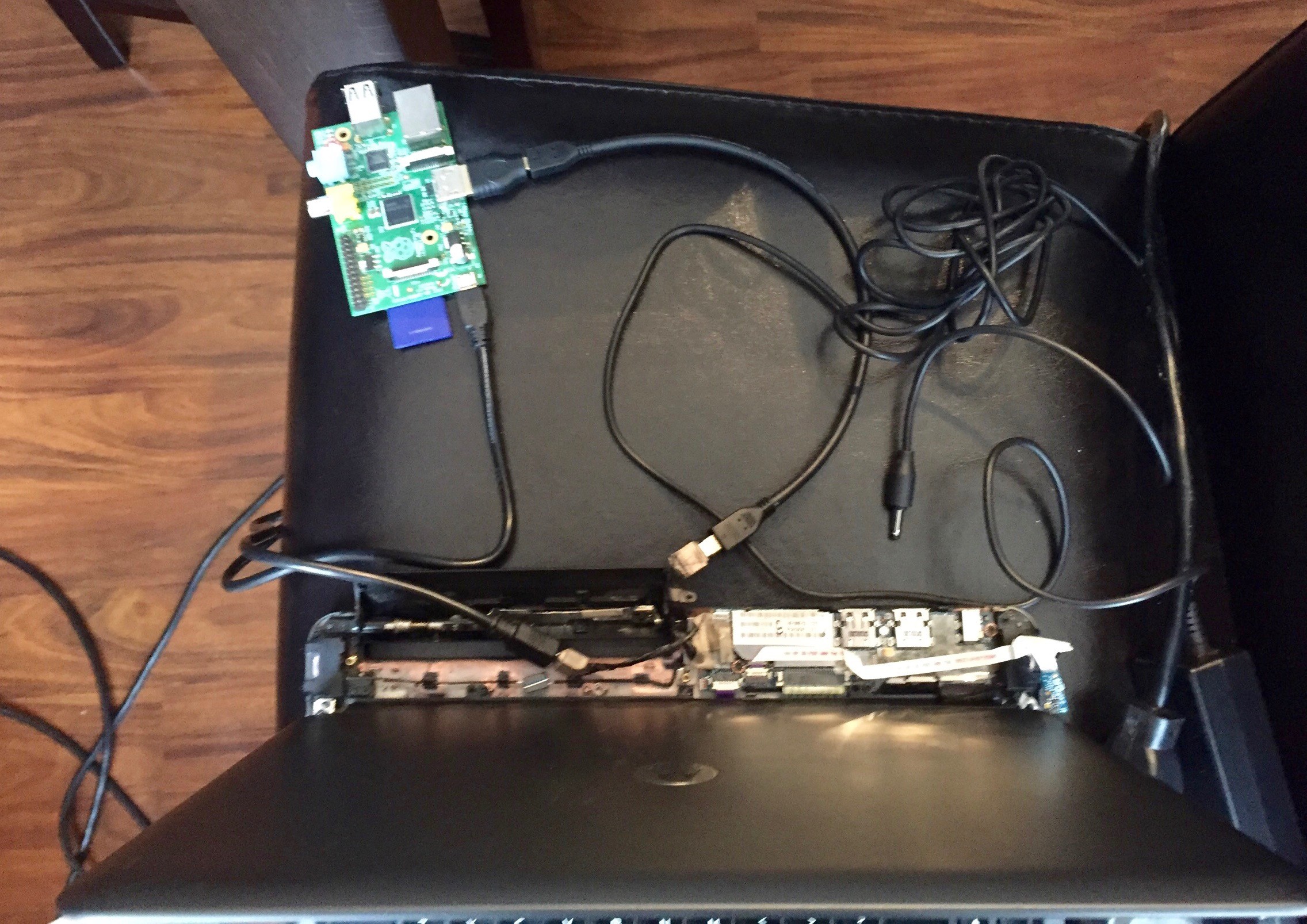 Inside the Motorola Atrix is a battery, 2 speakers, a Hall sensor (to cut power on screen close), a battery level indicator, and the main logic board that contains the HDMI display driver, USB hub, and power electronics.
Inside the Motorola Atrix is a battery, 2 speakers, a Hall sensor (to cut power on screen close), a battery level indicator, and the main logic board that contains the HDMI display driver, USB hub, and power electronics.
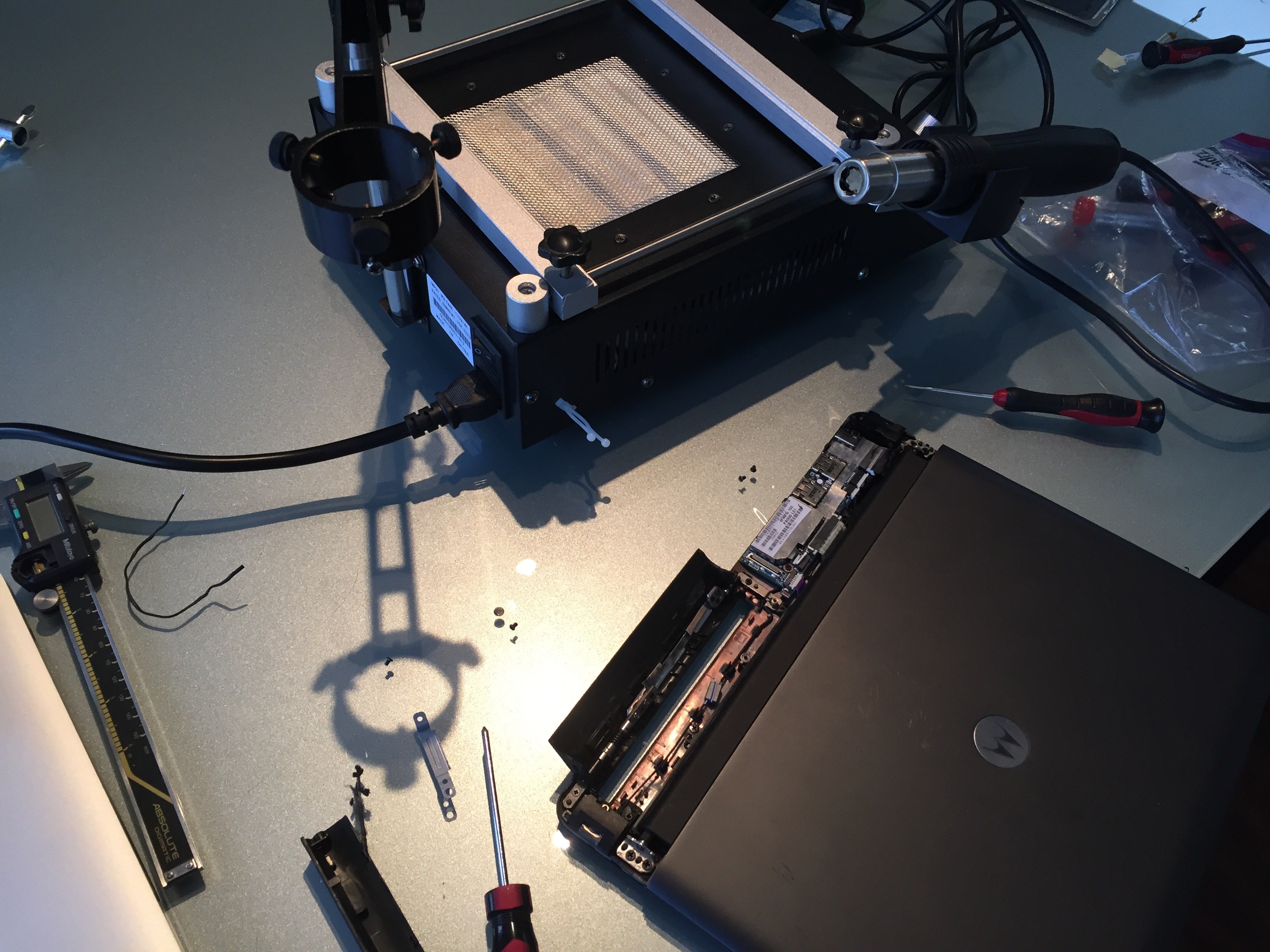
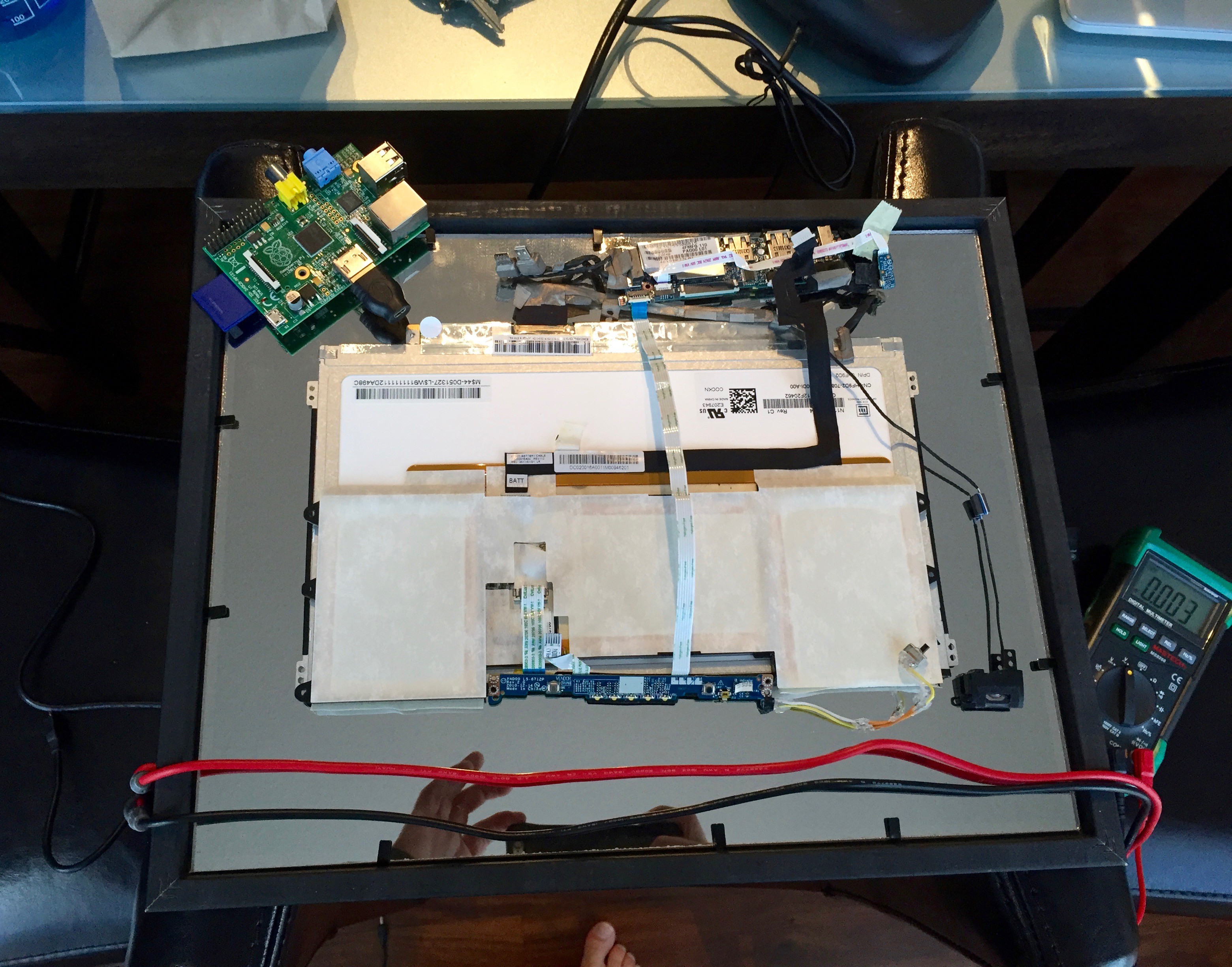
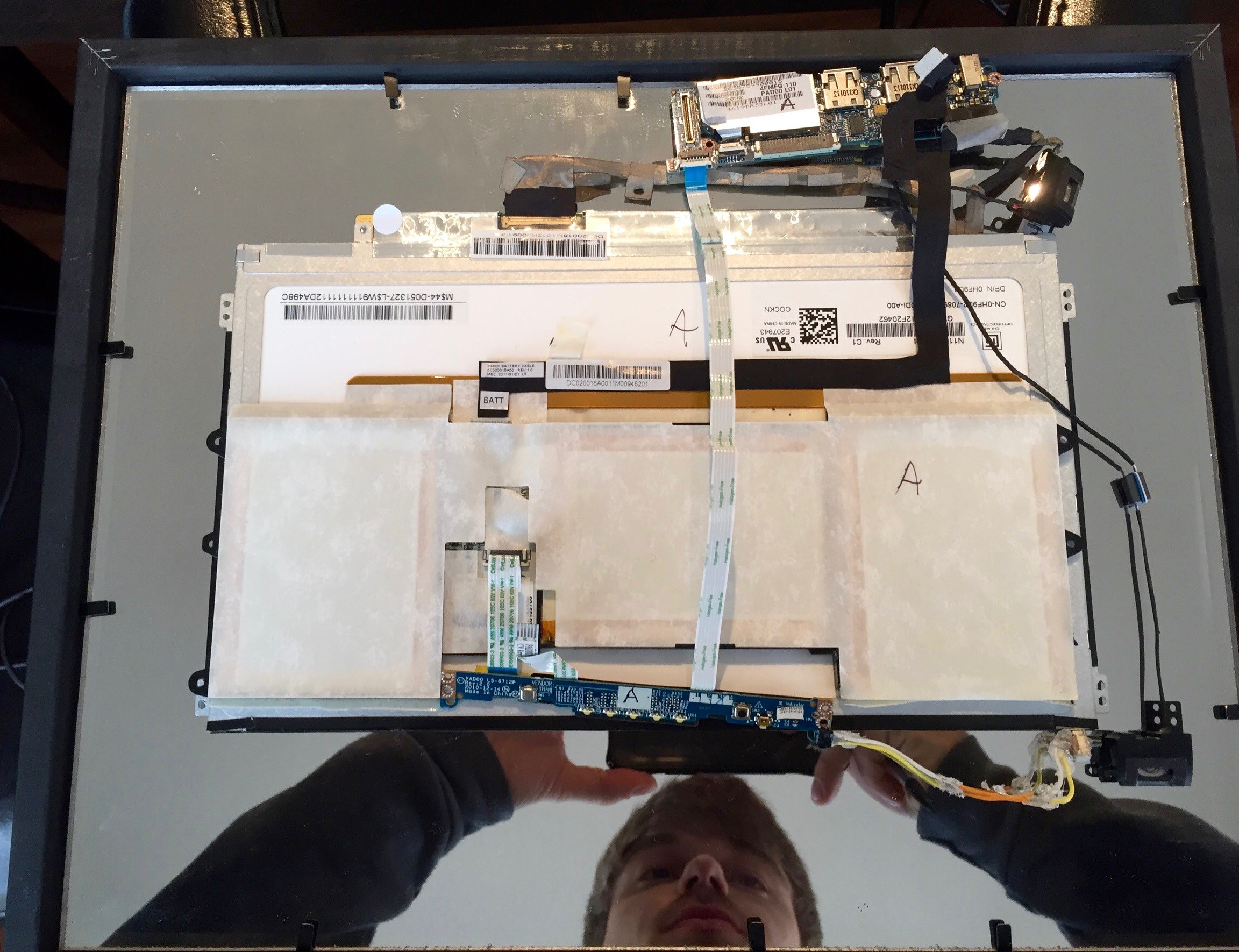
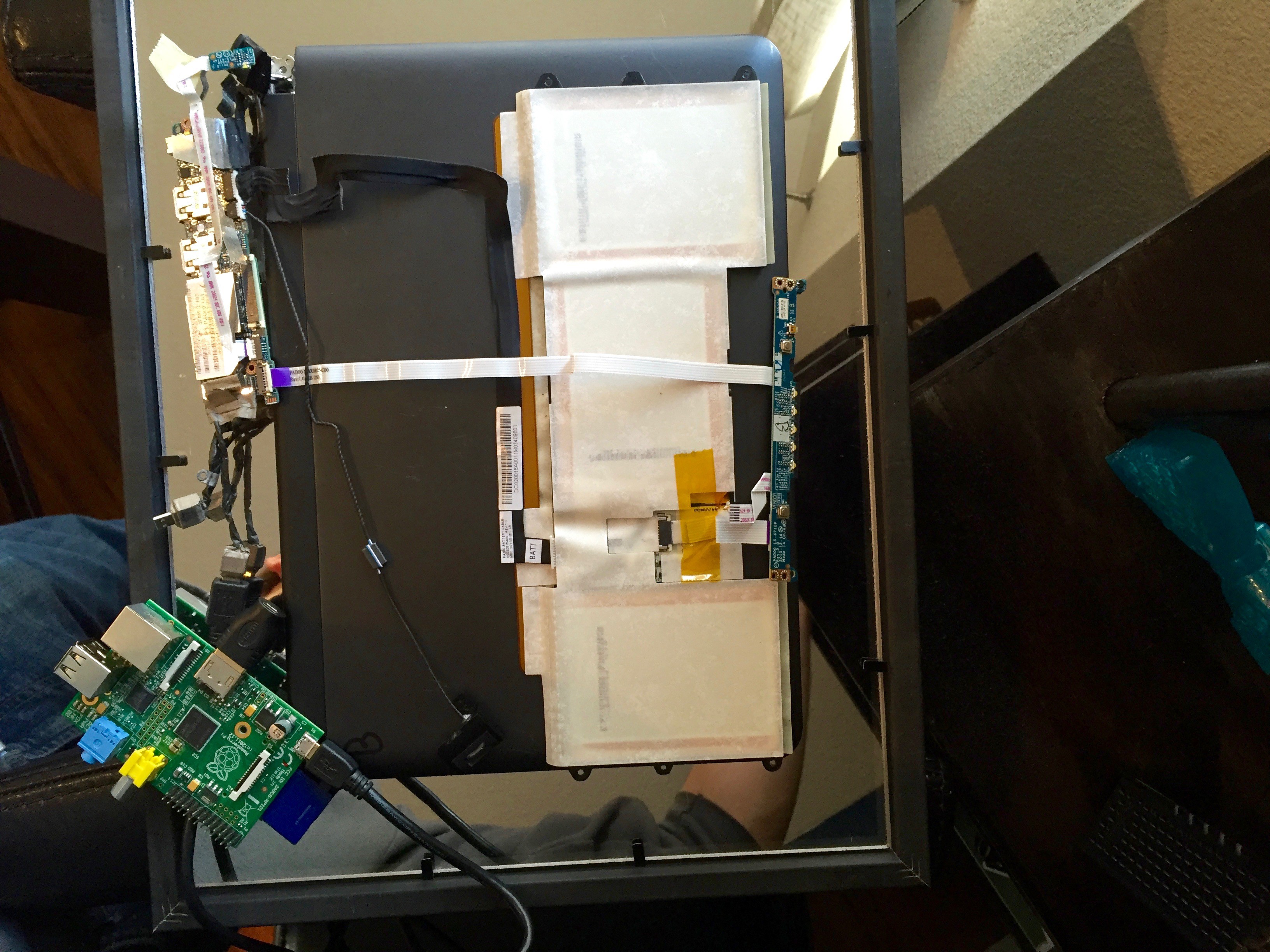
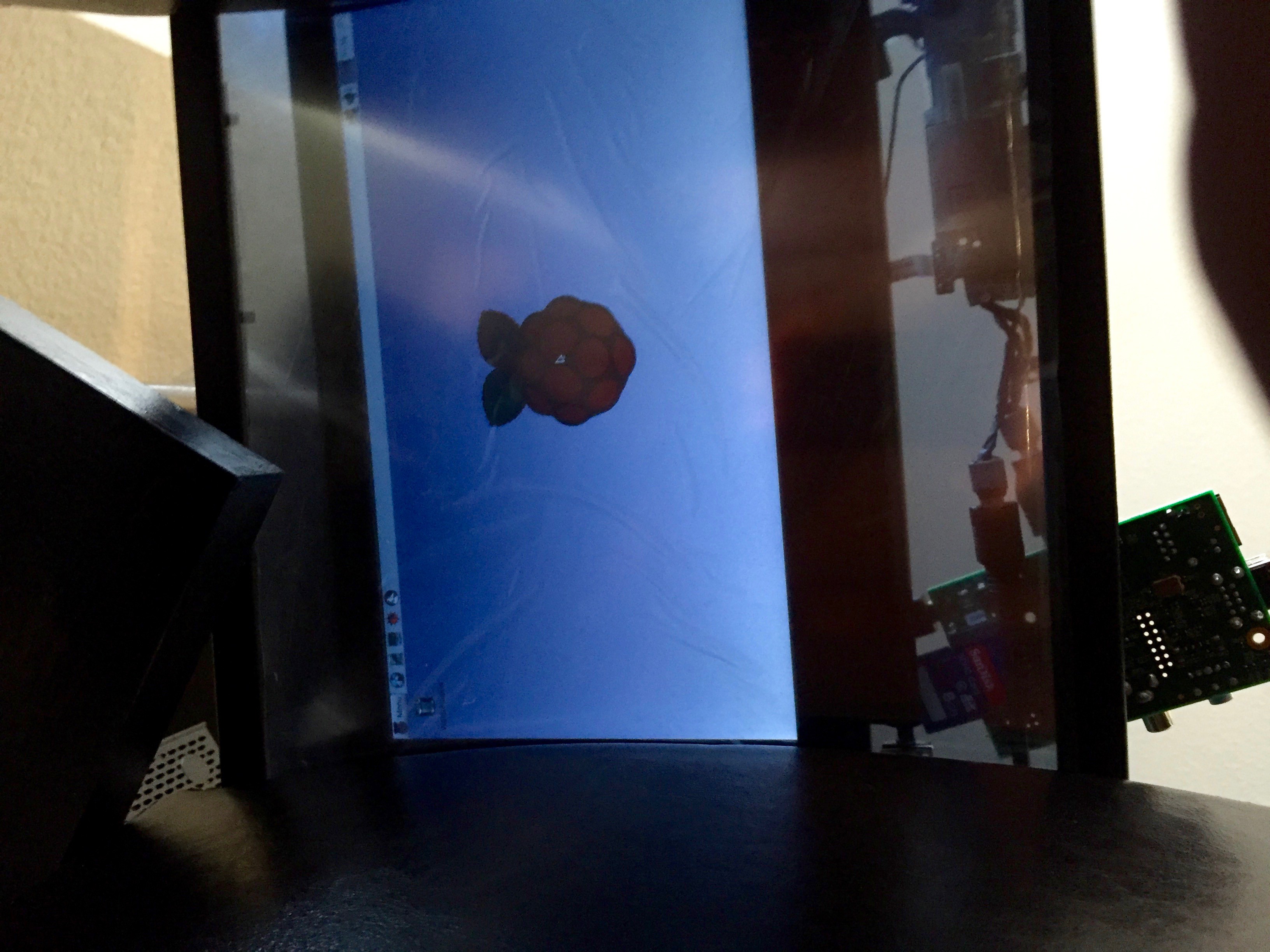
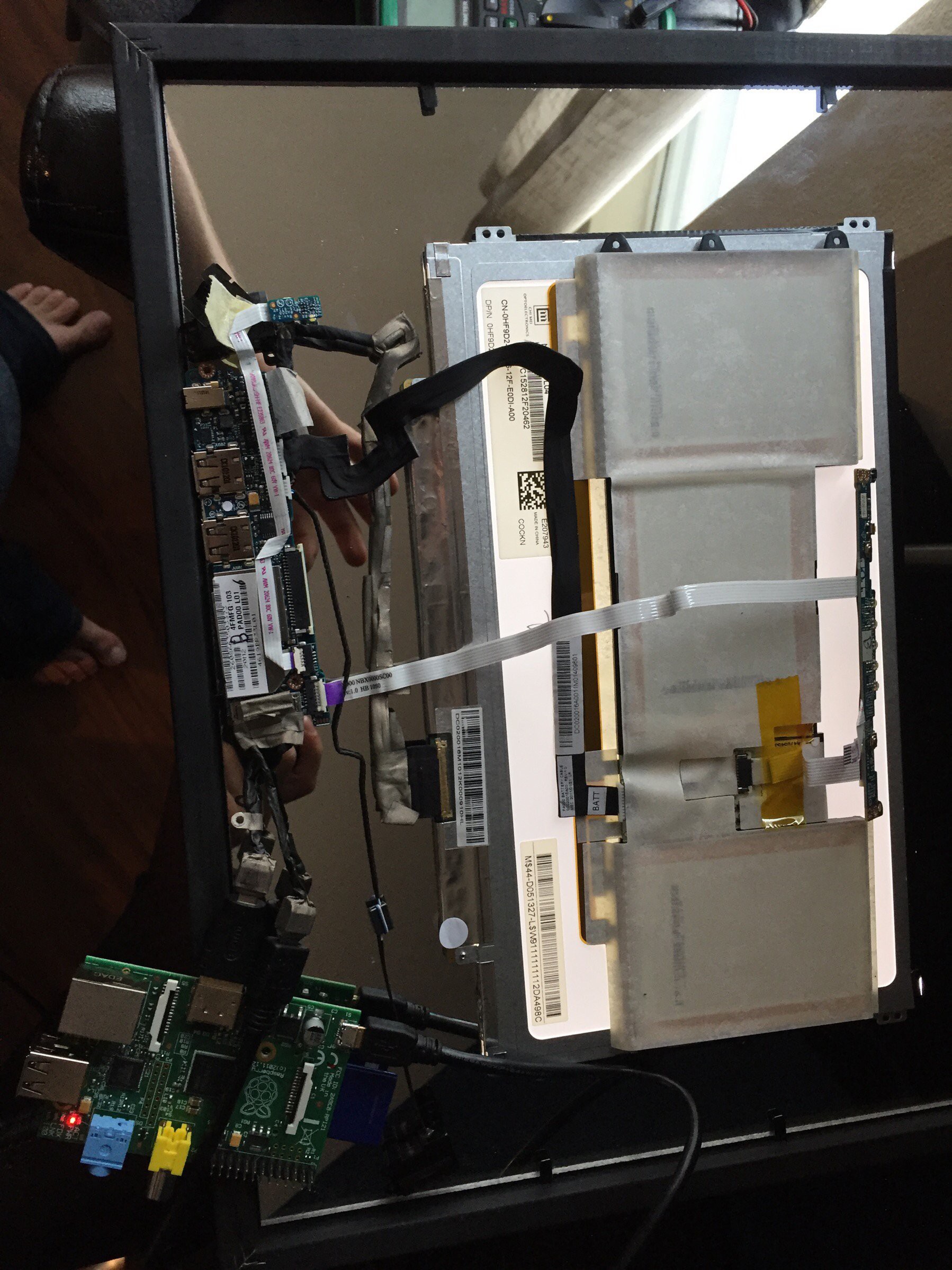
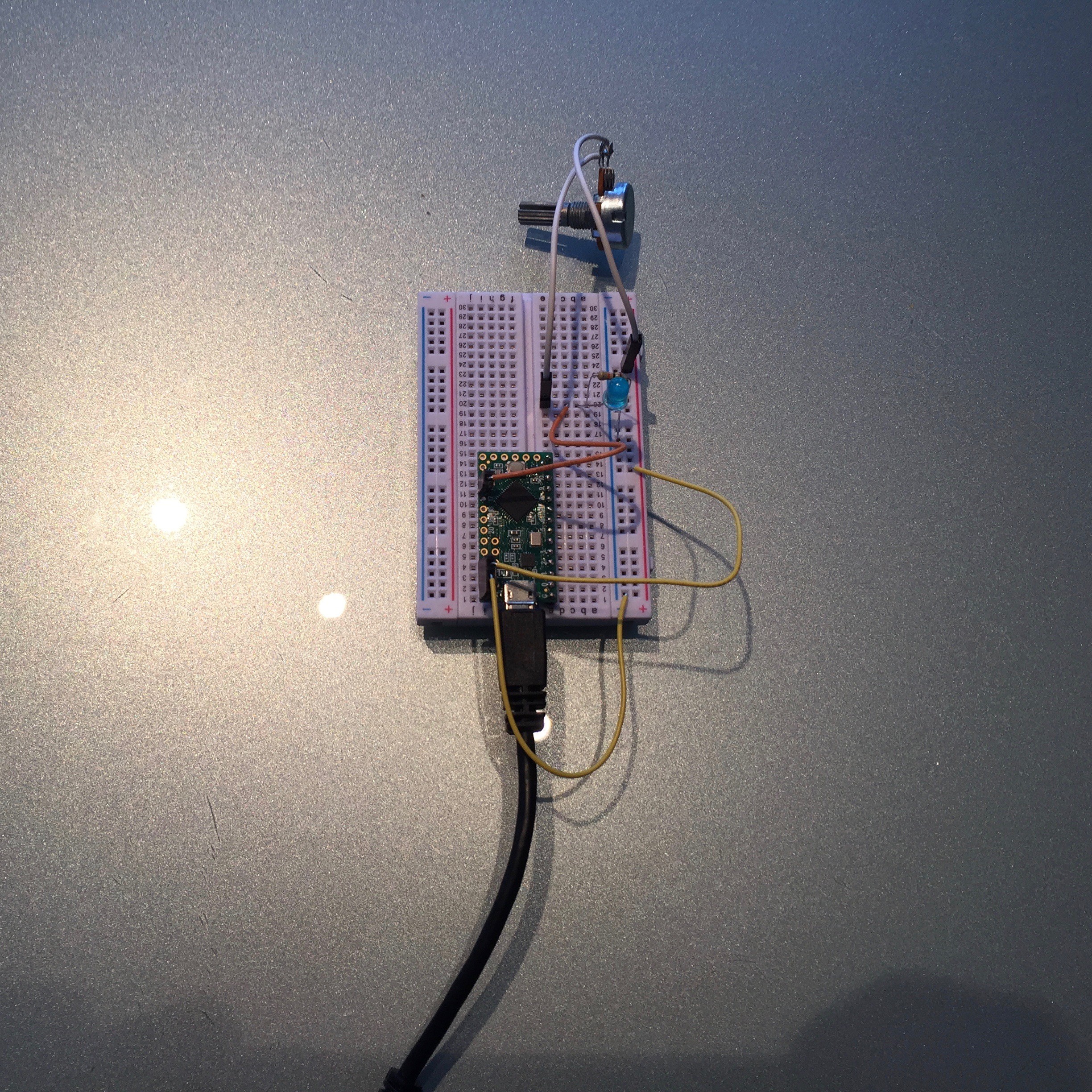
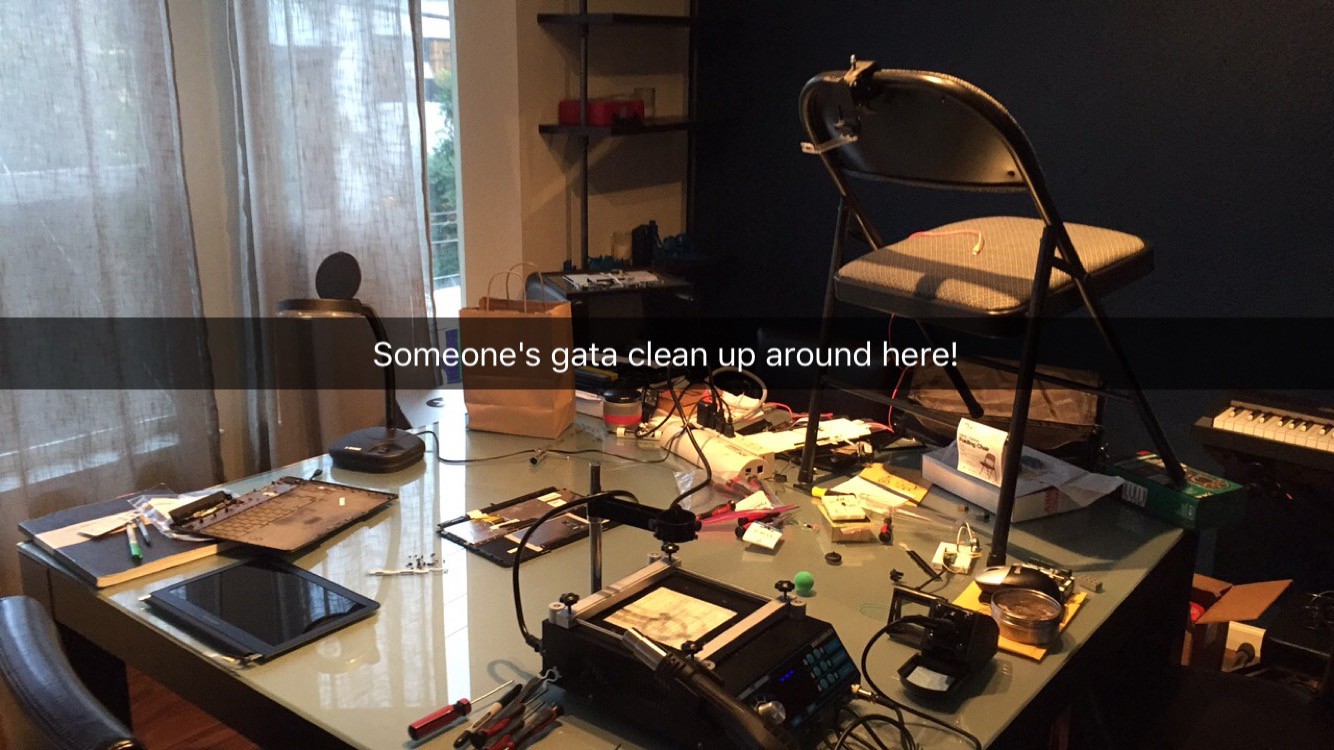
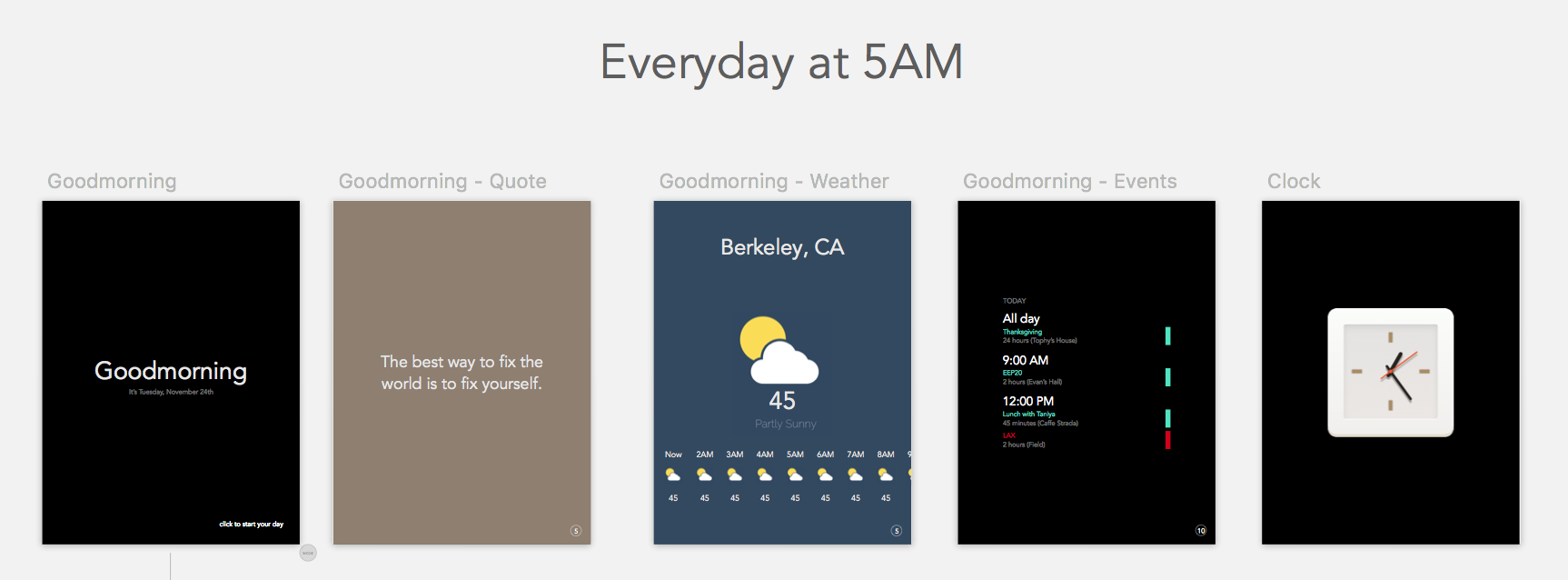
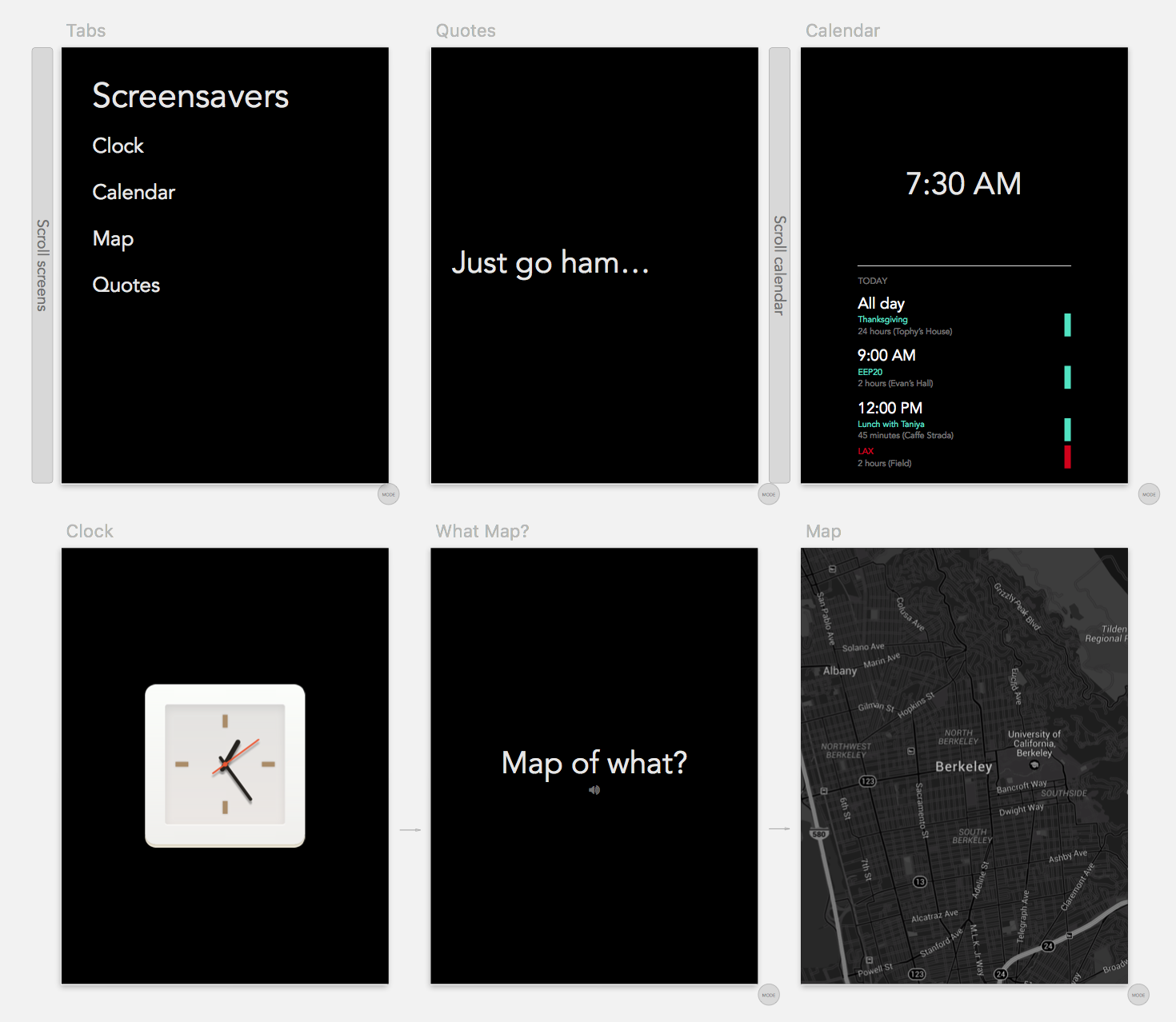
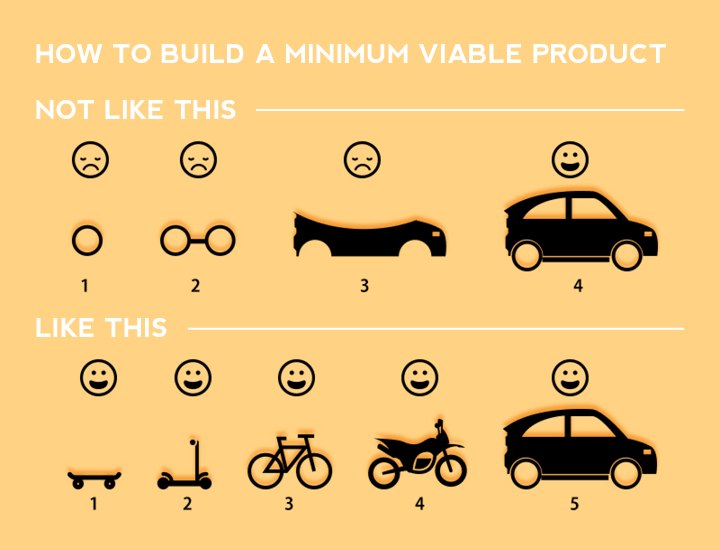
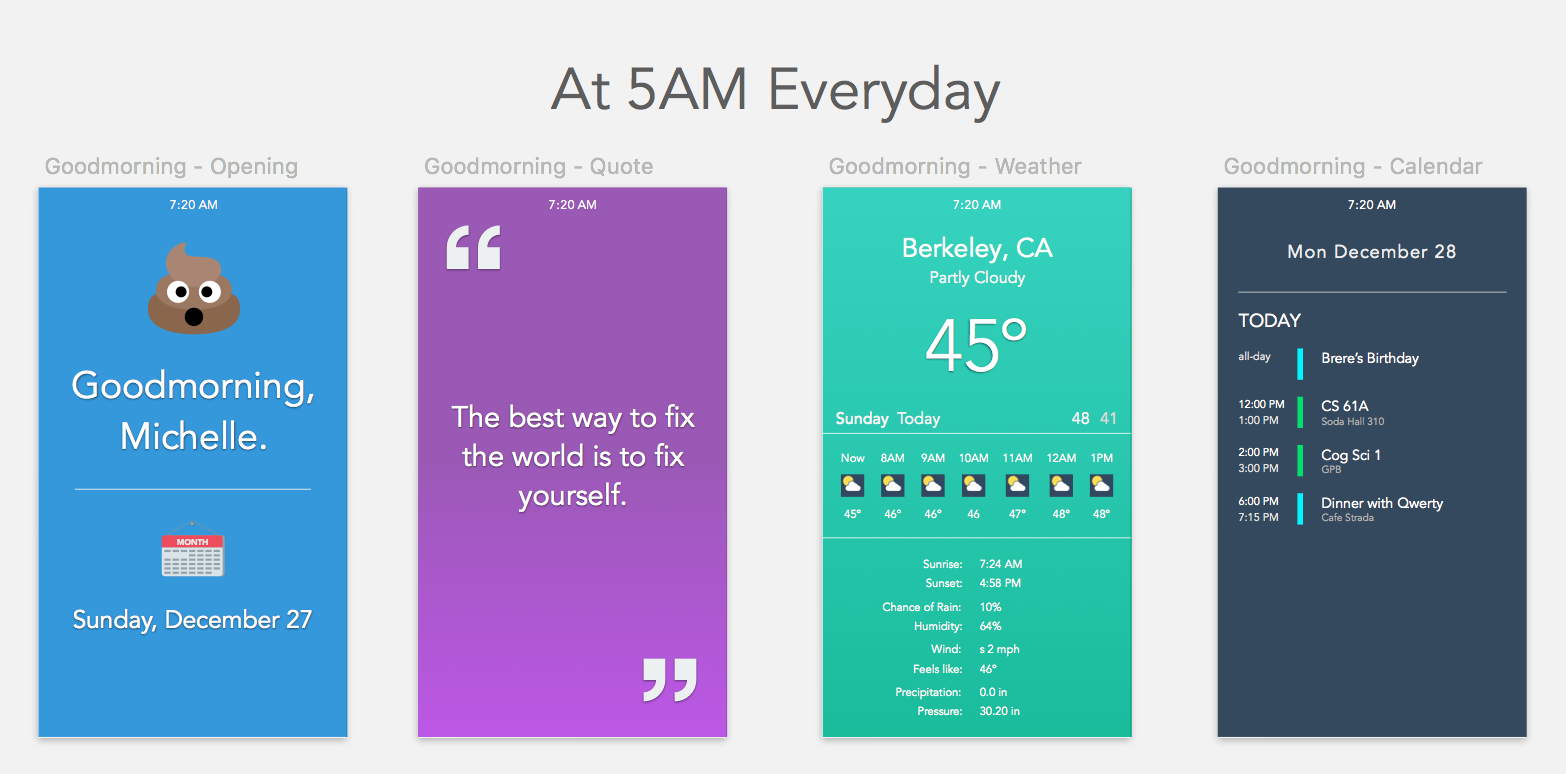
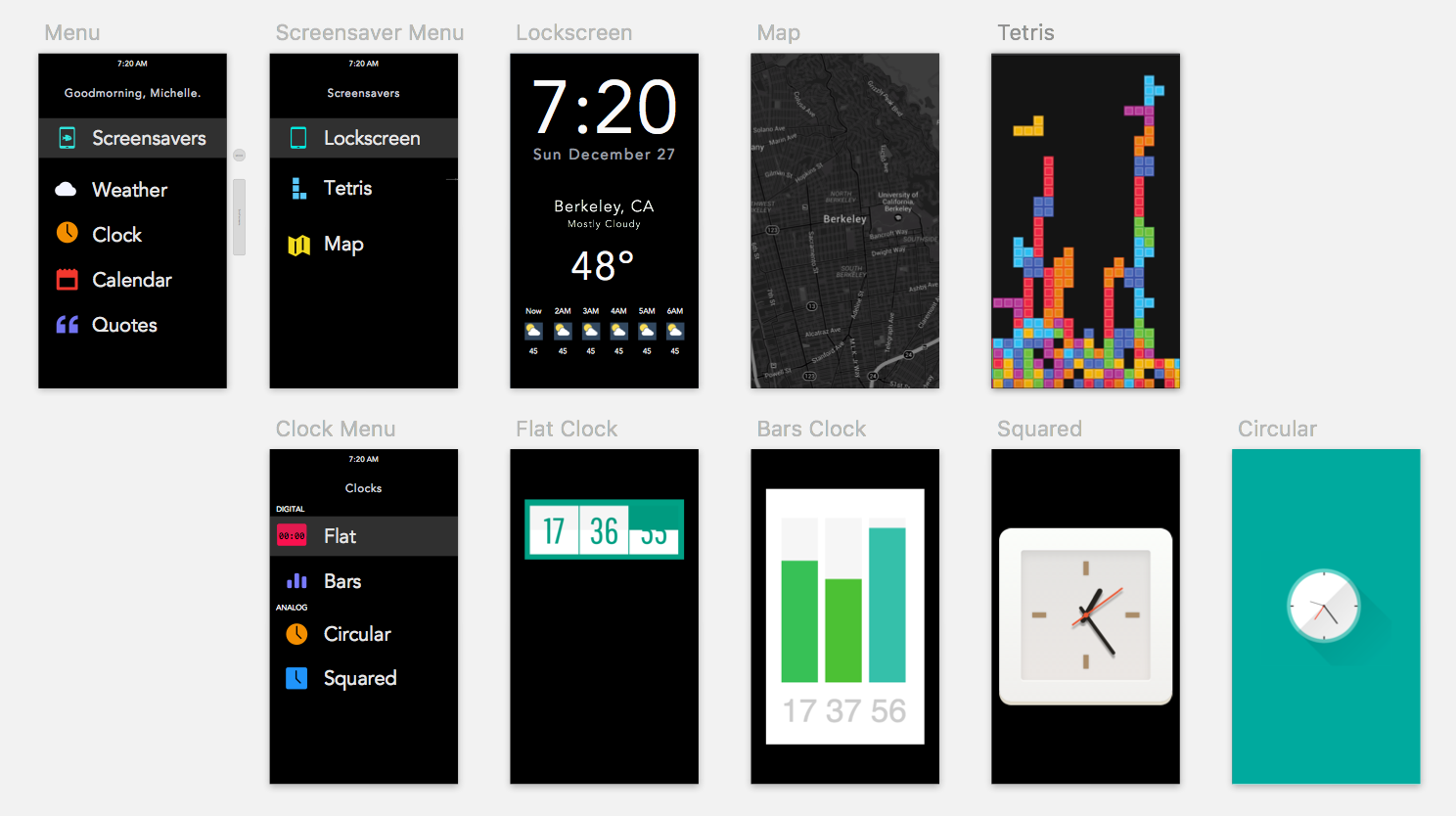




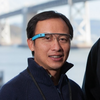
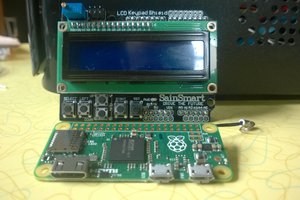

 Dewet
Dewet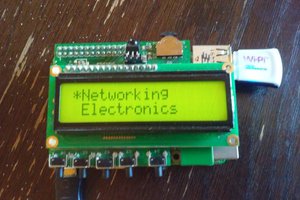
 Arya
Arya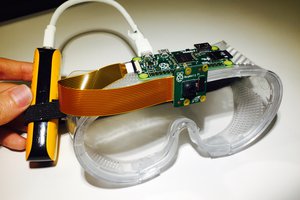
 Kevin Cheng
Kevin Cheng
Hello, I downloaded your code. And now it worked in my PC. see a photo, https://flic.kr/p/GWXBTS .